Pinterest, a popular visual discovery platform, has been officially banned in Loudoun County Public Schools (LCPS). The Department of Digital Innovation (DDI) has not made any statements about the grounds on which Pinterest was banned. The platform’s ban category is “Pinterest.”
With no elaboration as to why their favorite inspirational platform was taken away, students are left puzzled and frustrated. “Knowing Pinterest is banned under its own category makes me feel strange,” lifelong artist junior Angel Onwae said. “A key element to creating art, for me, is finding some kind of inspiration or emotion that I want to express. I mostly use Pinterest, and it makes me upset that people in or outside of art classes can’t use it anymore.”
Junior Amima Alam had similar opinions. “I’ve been doing art my entire life,” Alam said. “Pinterest is one of the really helpful resources I use daily, and now, it’s blocked.”
The confusion is not limited to students, either. Sarah Putnam, the Instructional Facilitator of Technology, could not think of a reason why the switch was made to ban the site entirely. “It’s interesting that Pinterest is banned under its own category; I have no idea why that would be,” Putnam said. “Pinterest is, technically, a social media site. It allows users to comment on other people’s boards and pins; however, that is not the primary use of Pinterest, in my opinion. Pinterest is really used for sharing and gaining ideas, image gathering, design work, and inspiration.”
Both Putnam and The Blaze staff reached out to the DDI, and after weeks of effort, no information was received. It should be noted, however, that the platform is only banned for students. Putnam, Victoria Webb, and several other personnel have gone on record sharing that staff have open access to the platform. “I didn’t even know that it was banned,” Putnam said.
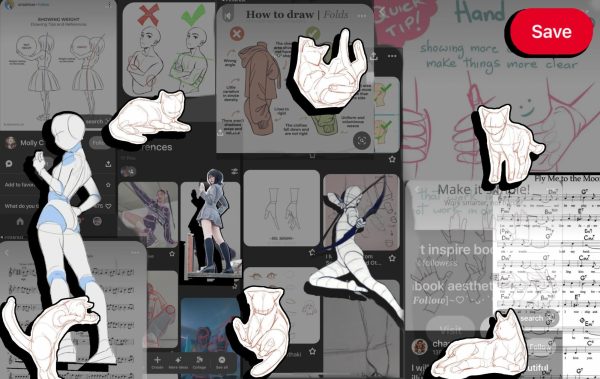
Courtesy of Gabriella Rodriguez
Pinterest has a large user base. With over 522 million monthly active users, some pins slip past Pinterest’s guidelines. This results in some distasteful images and comments unfit for school environments. The Children’s Internet Protection Act (CIPA) requires schools to block this content, and although some schools find ways to block images on the website, other schools around the country have decided that the better option is to ban the whole website itself, leaving students frustrated. “If I remember correctly, [the restrictions previously applied to Pinterest] included certain photos or pins that were prevented from loading, [as well as] and the chat system,” Alam said. “Nothing that the student could use to get into trouble.”
This school year, the DDI is no longer censoring the site; instead, they are choosing to remove it from student access in its entirety.
This limit on what some artists consider to be a vital platform is highly protested amongst the artist community at the school. “Pinterest has never disrupted instructional activity for me or others I know,” Alam said. “It’s just photos. I would prefer that Pinterest were not banned. LCPS blocks so many photos [that] I can’t find anything when I need it.”
Pinterest is held in higher regard not only for its tools that allow grouping and easy organization but also because artists like Alam find alternatives lacking. “Google images is vague and [it’s] impossible to find anything useful,” Alam said. “A lot of images are either low quality, blocked, or unrelated.”
“I mostly use Pinterest or art that I already know about; YouTube, or Instagram profiles from my favorite artists,” Ongwae said. Unfortunately for Ongwae and other inspiration-seekers, these platforms are just as censored as Google Images.
To meet deadlines, it can be difficult to plan by taking screenshots of inspiration. “Pinterest is essential,” Alam said. “Without it, it’s going to be a lot harder to do these assignments. You need models, color palettes, all that stuff in one place.”
This sentiment of necessity resonated with junior Gabriella Rodriguez, who, like the others, has been doing art her entire life. “There’s so many different art styles on Pinterest,” Rodriguez said. “Seeing someone draw something in a certain way versus how I would normally do, it helps me. I’m left to do schoolwork during my ‘me’ time, at home, when I could have done this at school with Pinterest the entire time. I hate it. I ended up getting a personal laptop so I could finish my art project and it helped. It’s crazy that I spent 200 dollars just so I could finish an art project and use Pinterest.”
While many concerns about student safety in unmonitored communication can be made about the bans on social media across the board, a majority of personnel and students insist on the innocence of the application. “[The chat feature] is nothing to be concerned about; you can’t message someone not saved as a friend on Pinterest,” Rodriguez said. “All anyone does there is send pins and boards and that’s about it. Nobody uses it or checks it; it’s so utterly inconvenient.”
The threats that the platform may present were no obstacle before. “I normally didn’t come across mature images on Pinterest, but when they were present, they were censored,” Ongwae said.
Although the platform is a social media, it isn’t blocked for such a reason. Many affected agree that the ban should be returned to its previous status. “To the DDI, I want to say: you’re limiting our creativity. Do you want us to do schoolwork and have fun learning? Do you want LCPS children to learn?” Rodriguez said. “One would think it would be pretty important for Loudoun County Public Schools.”

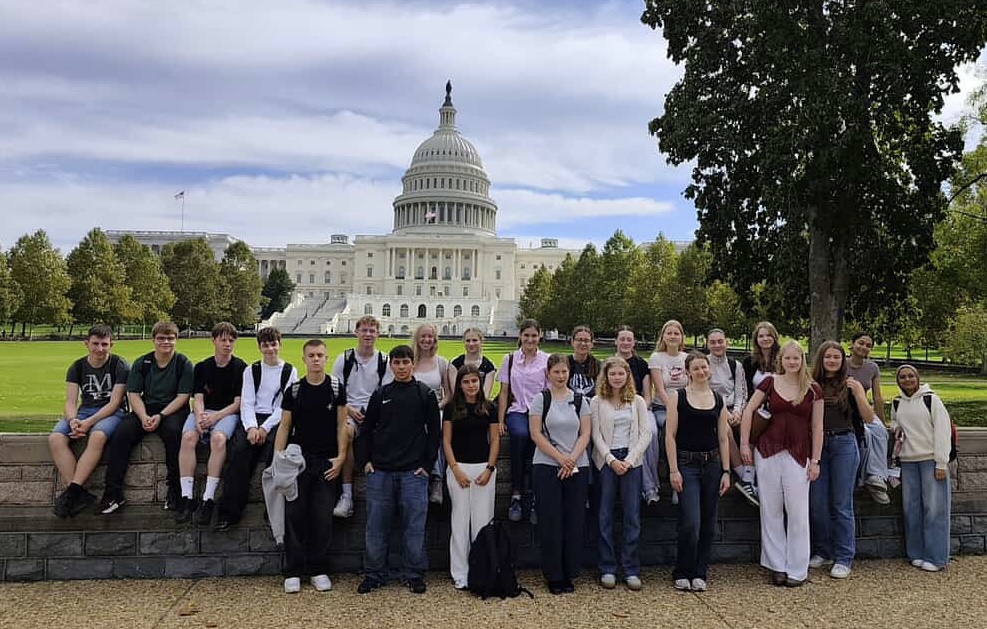
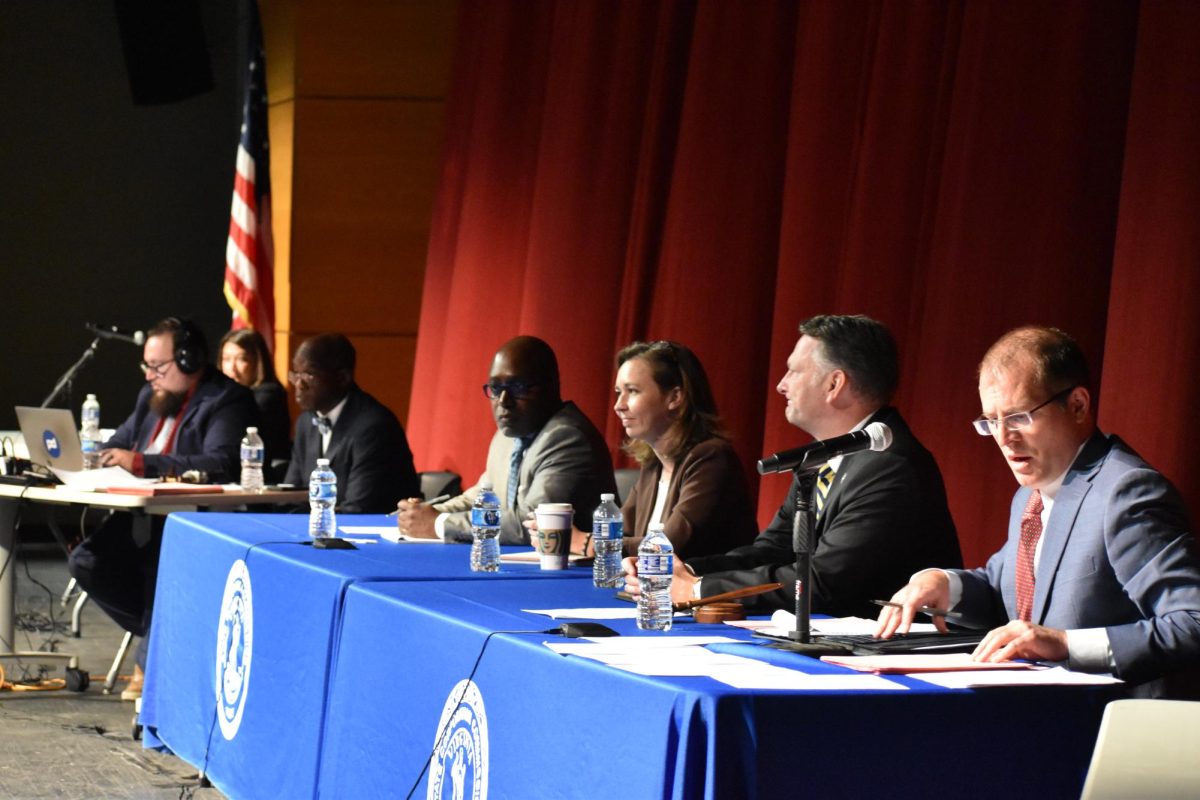
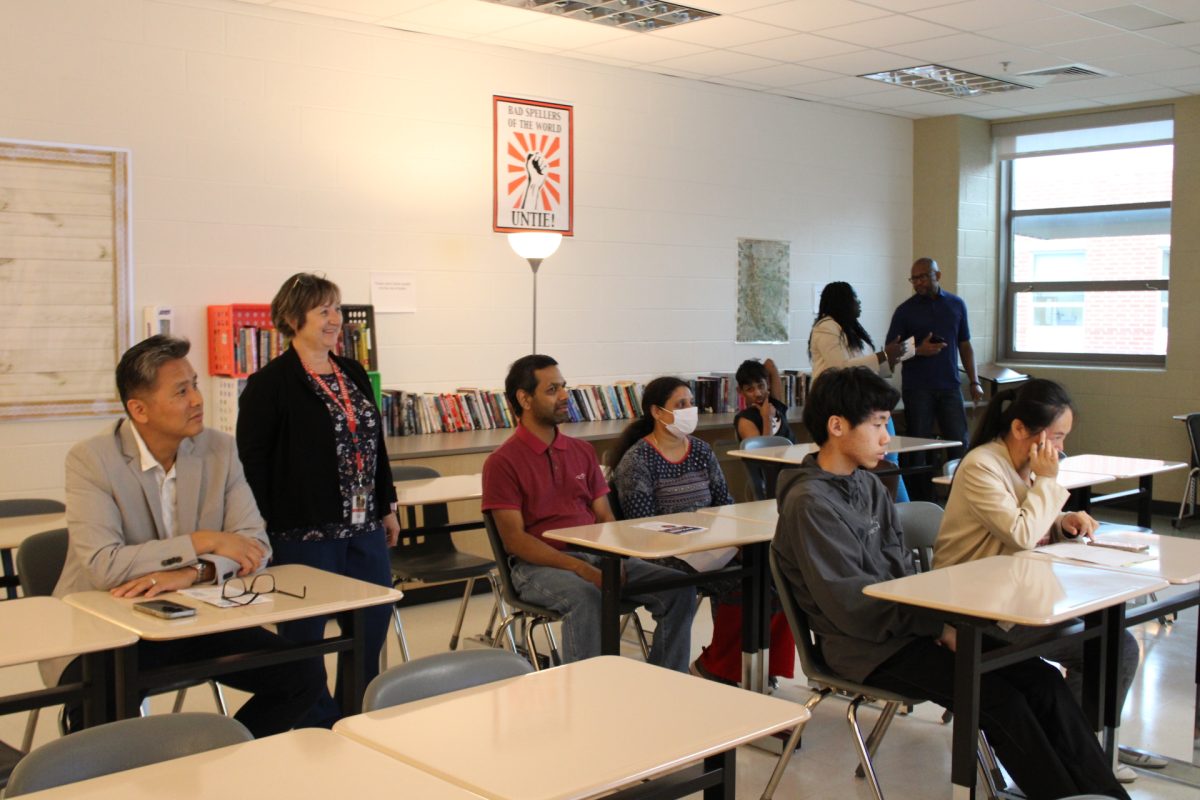
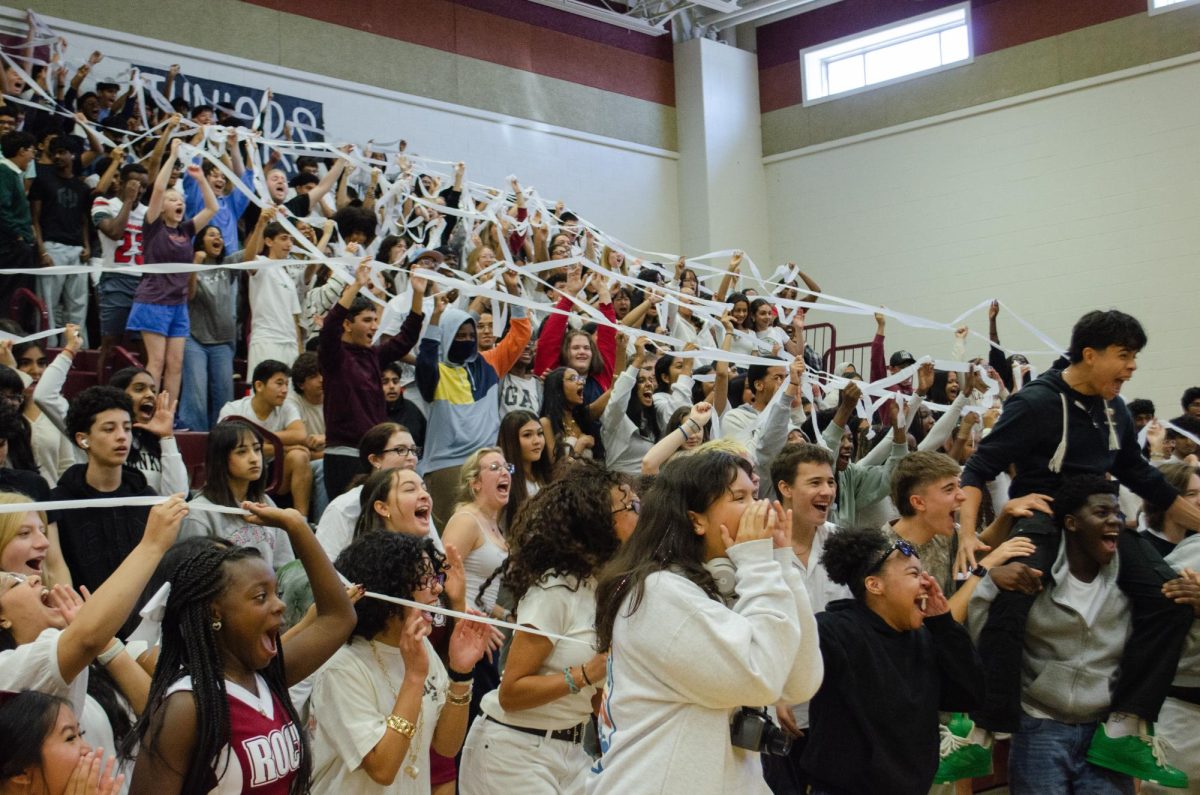
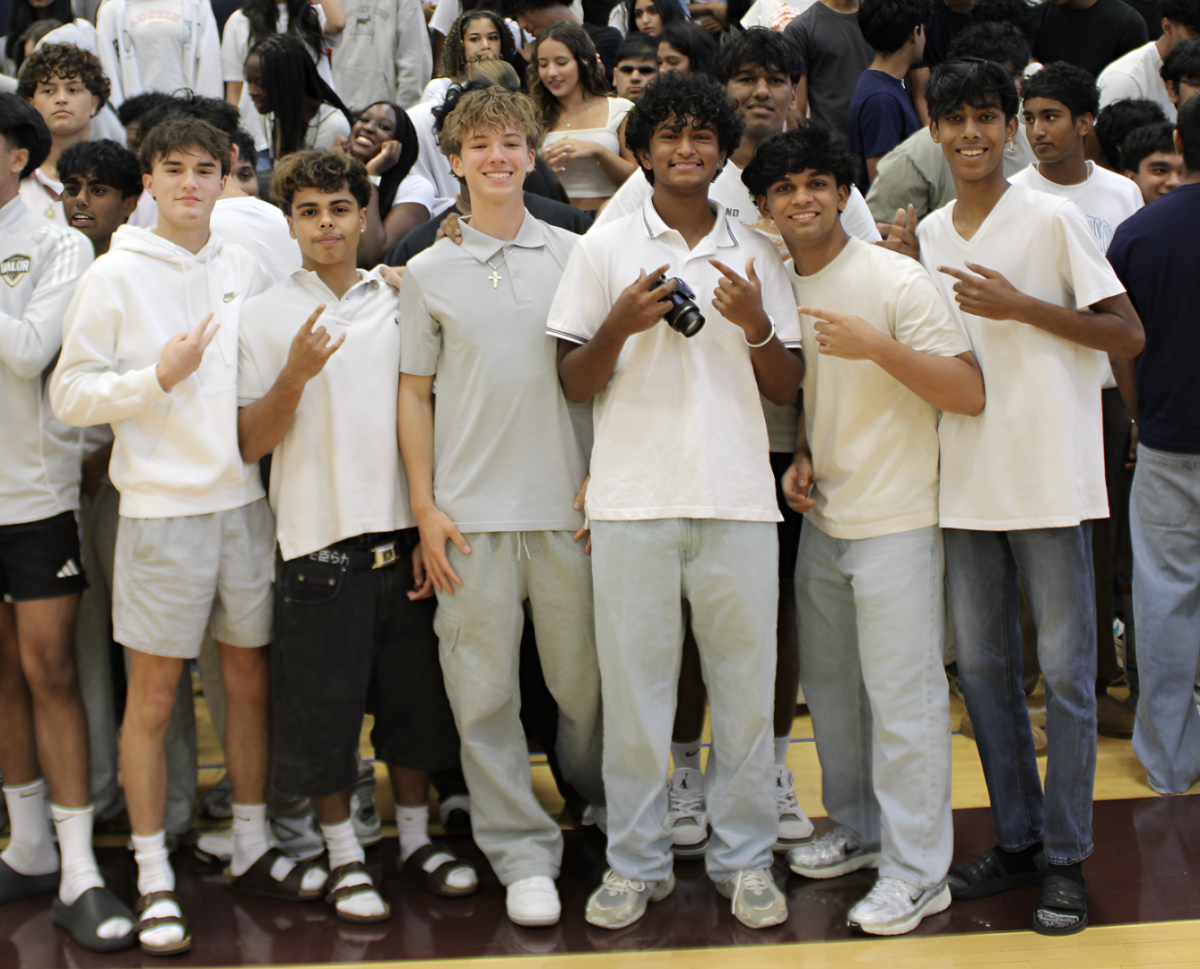

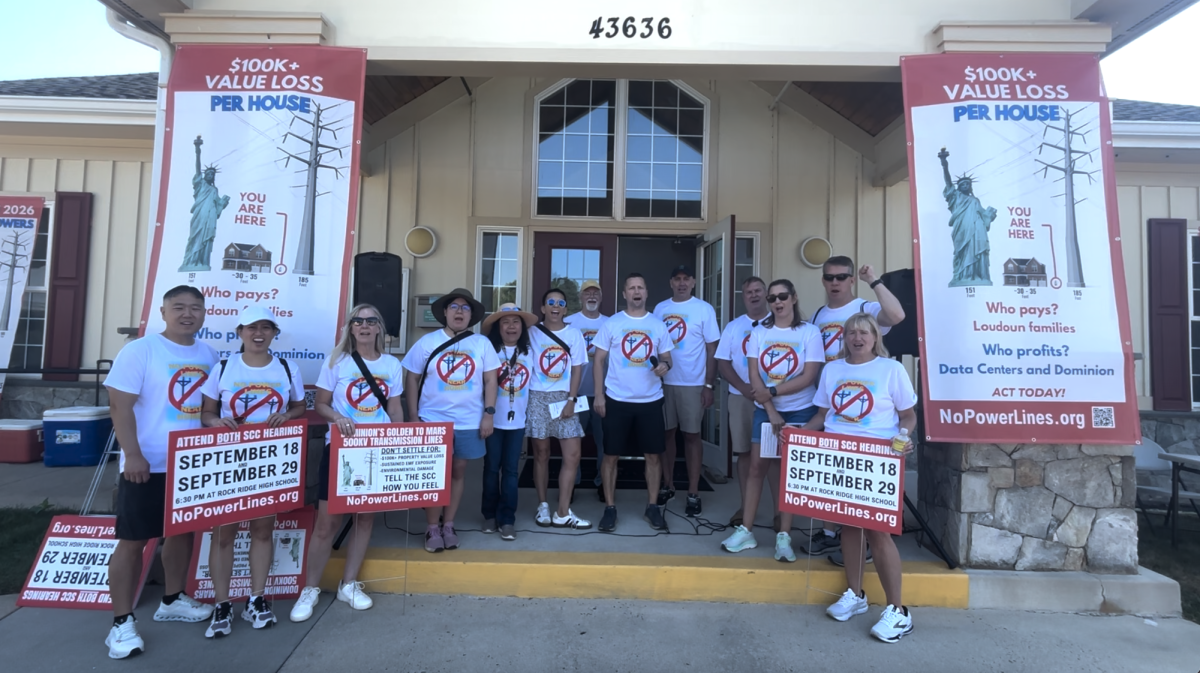
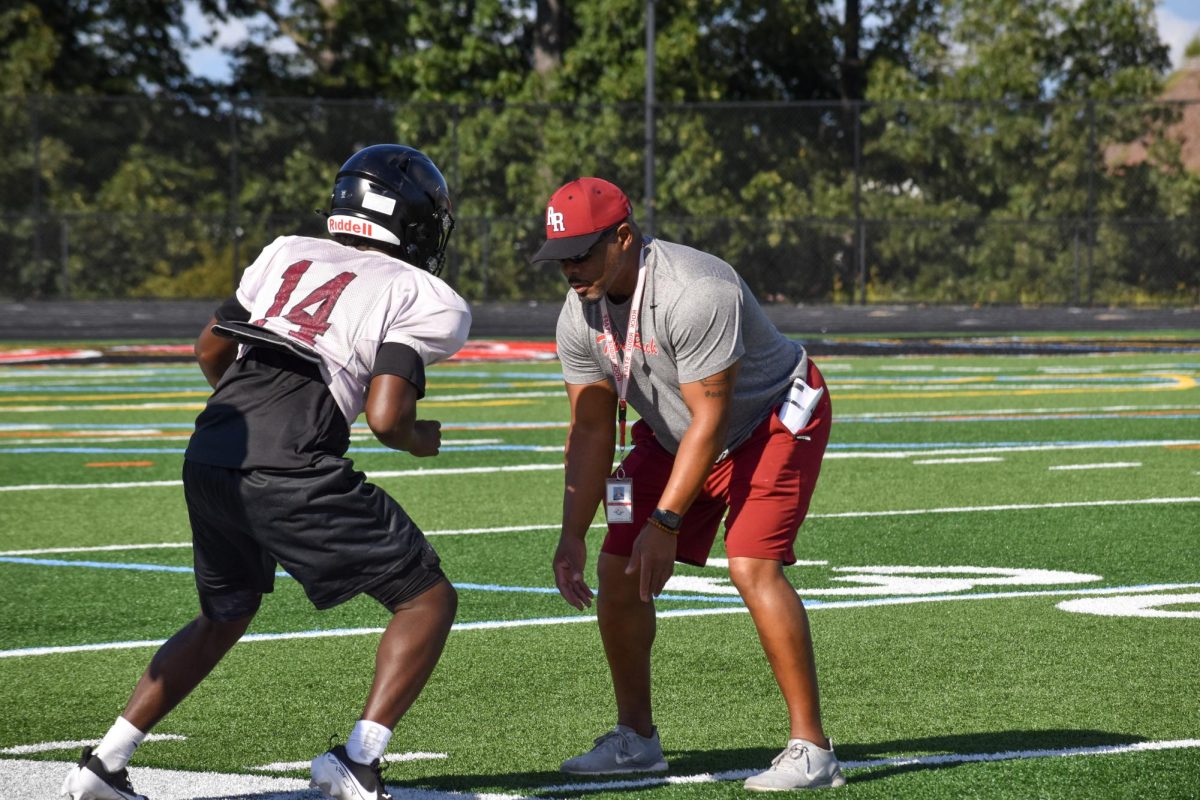

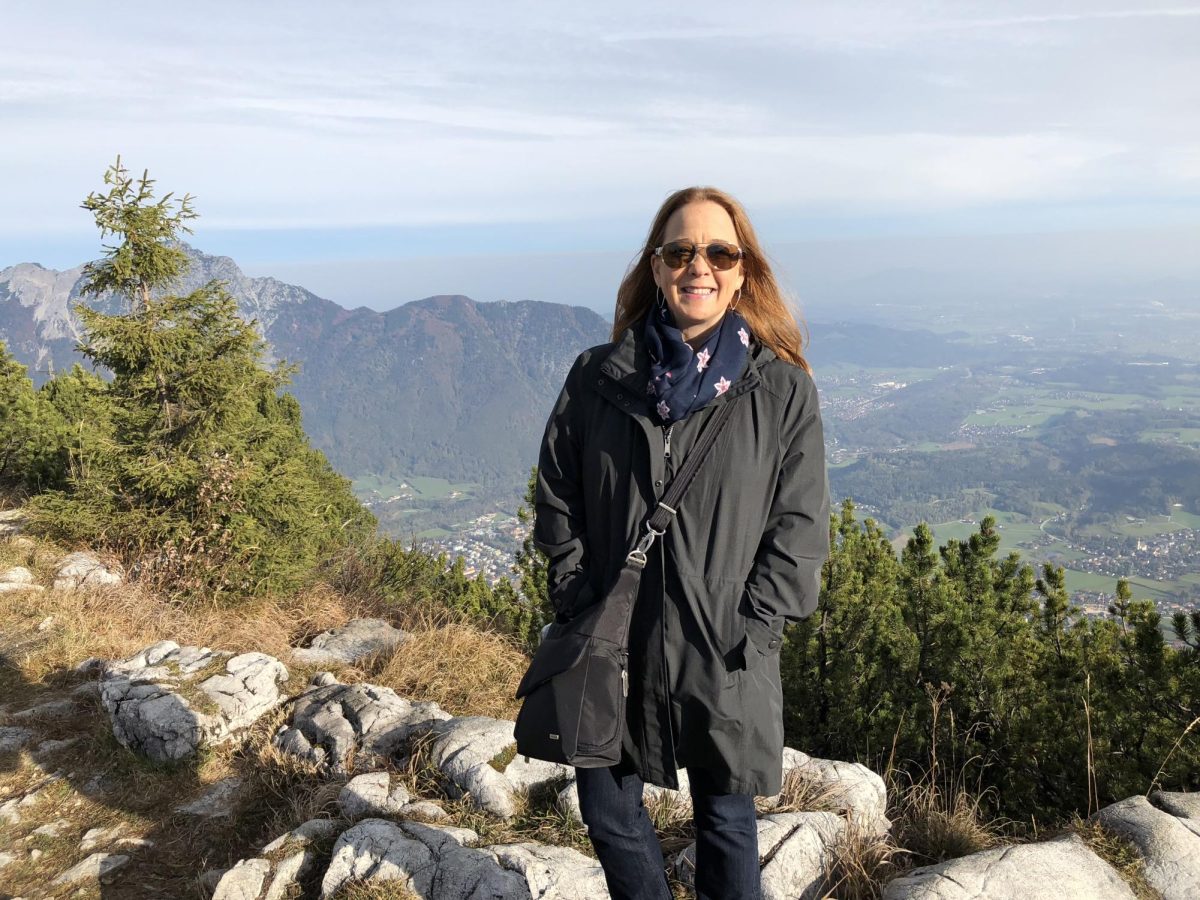
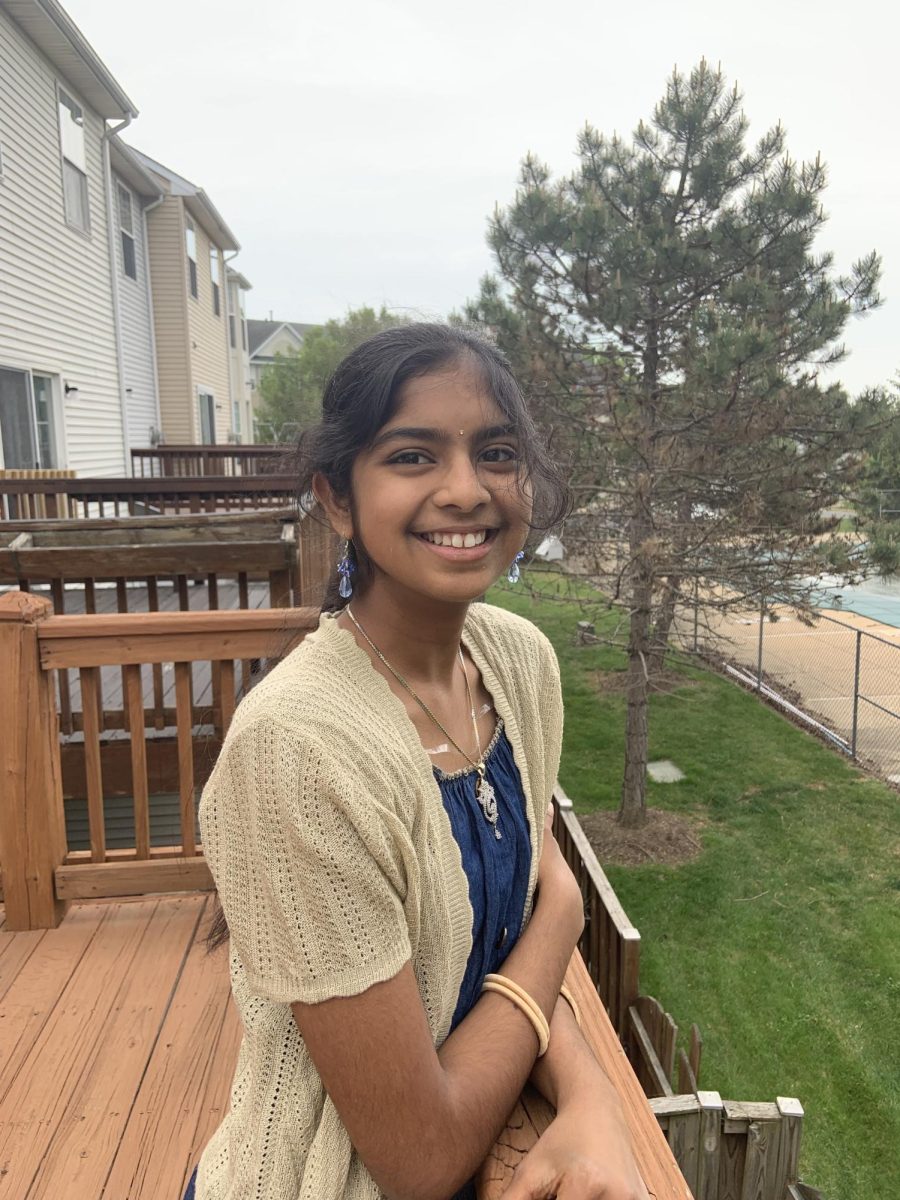
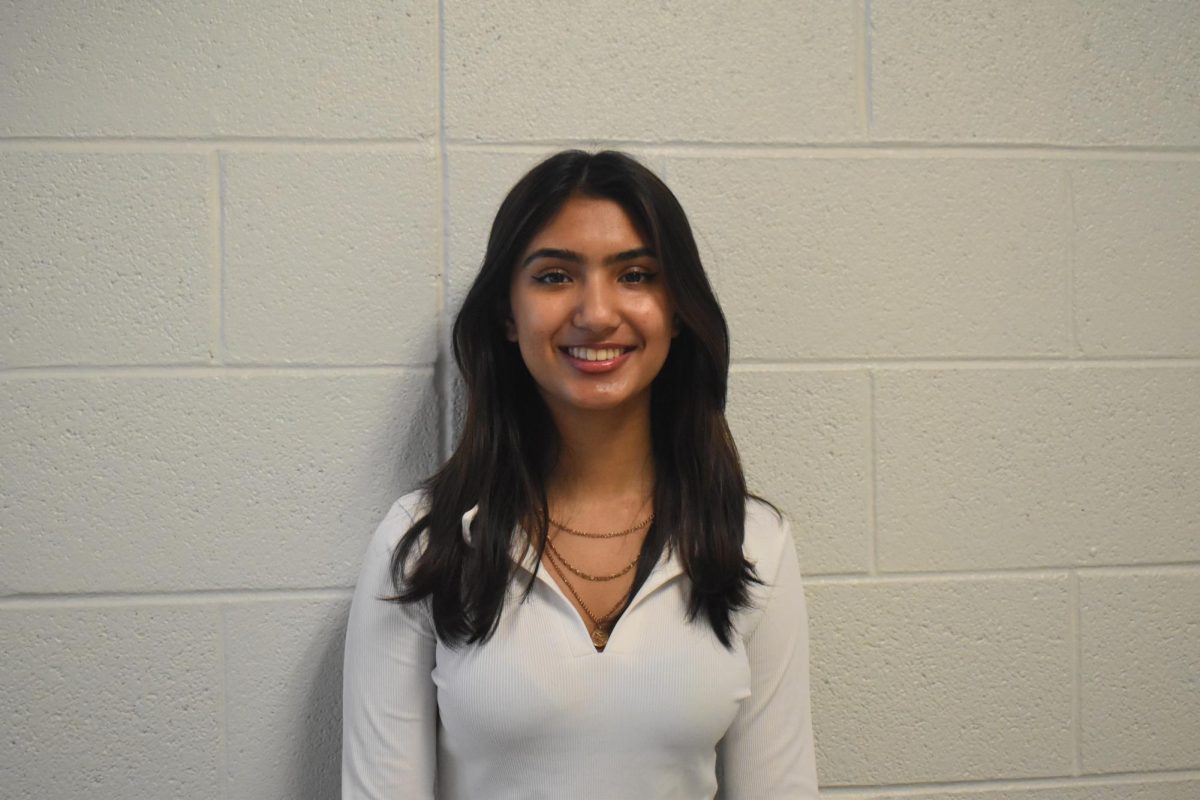
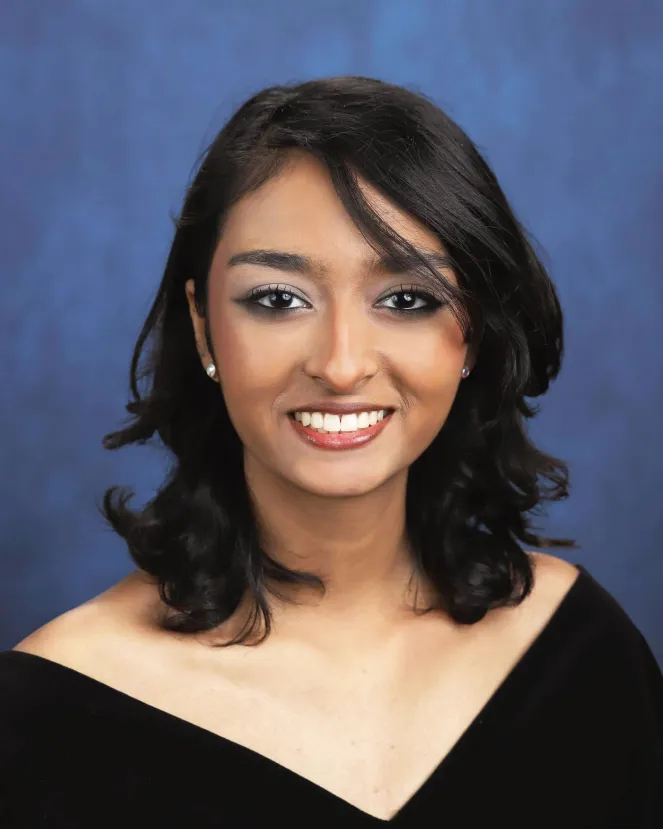
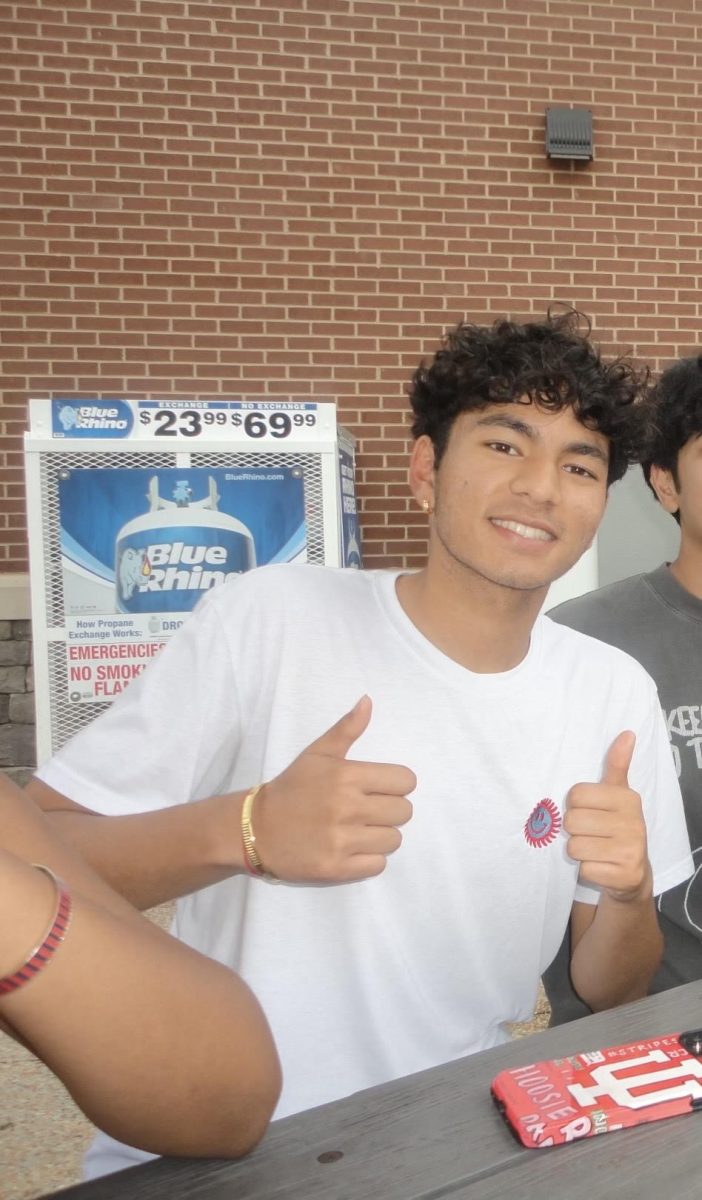
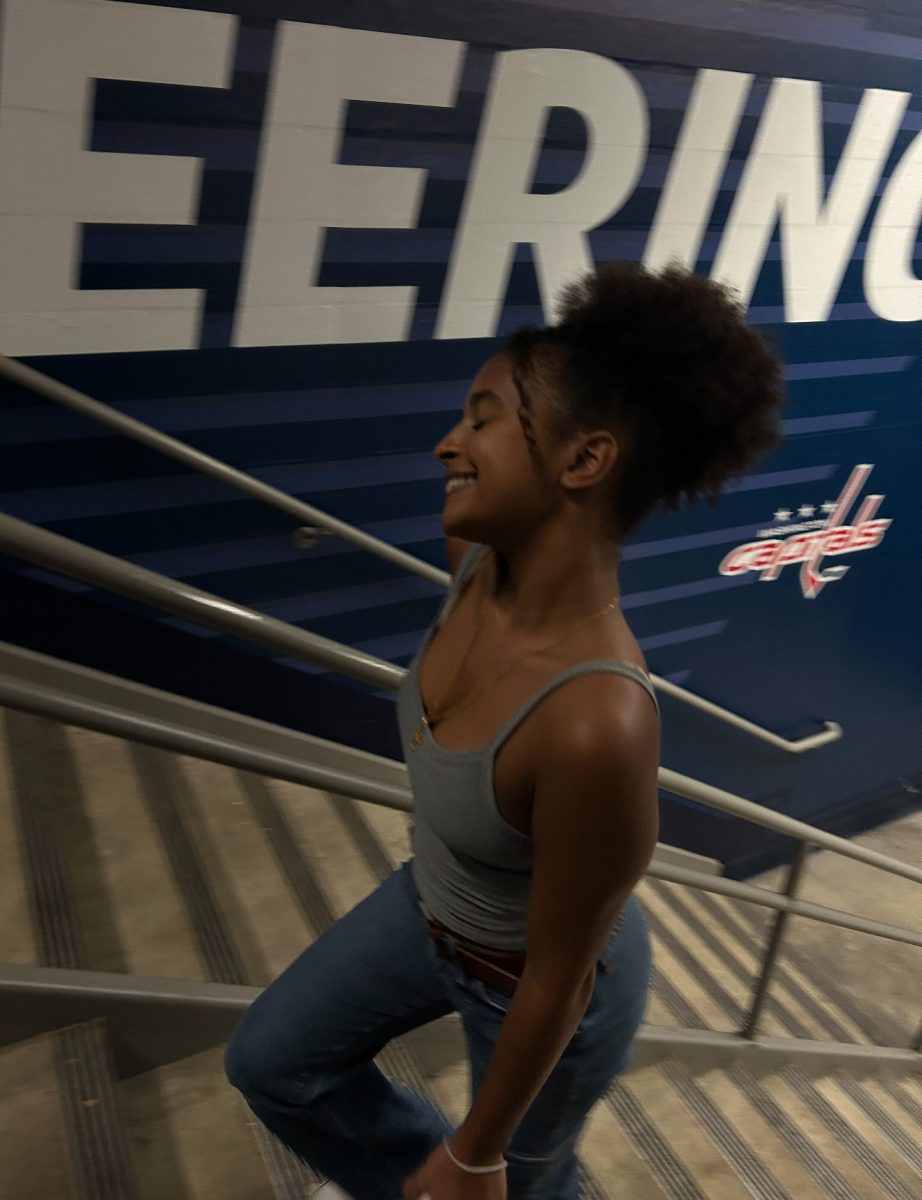
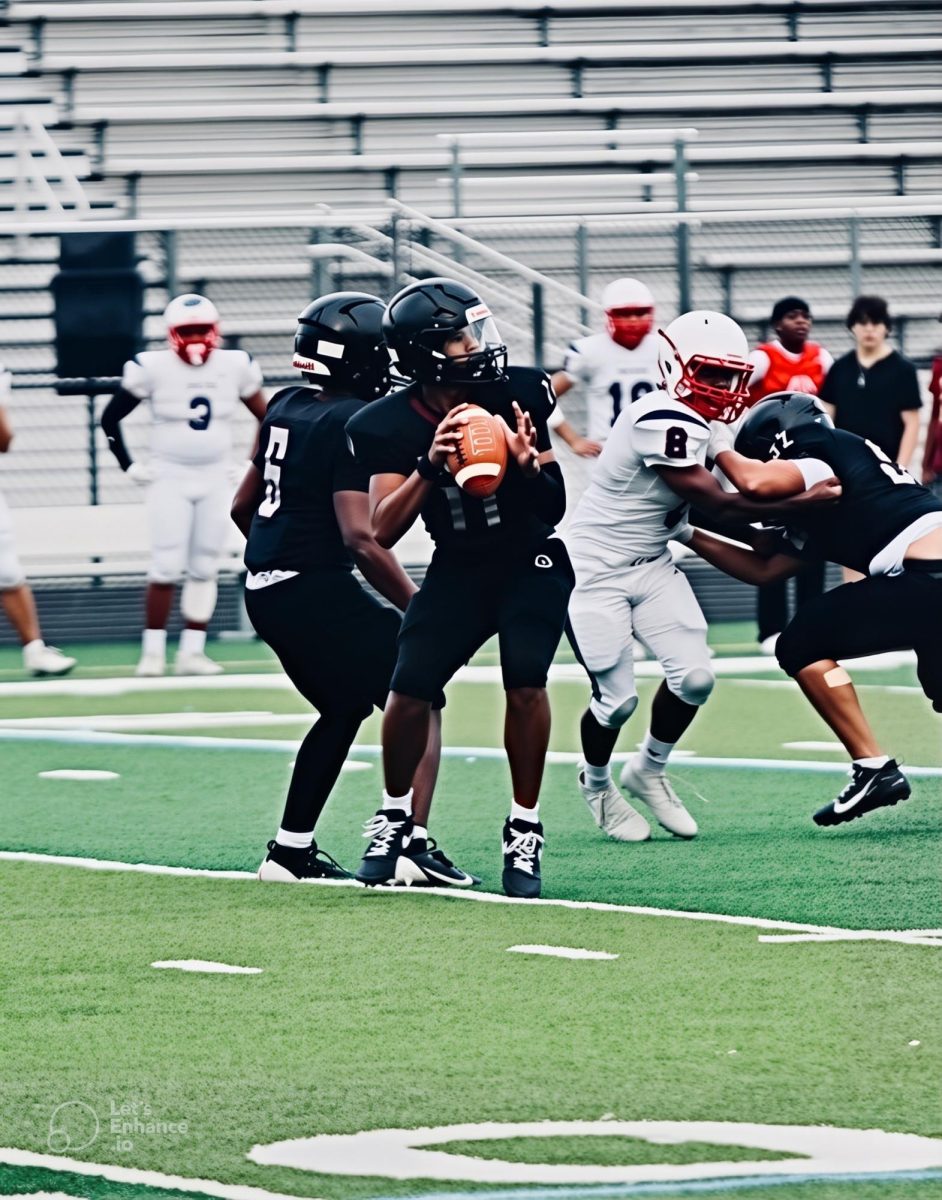
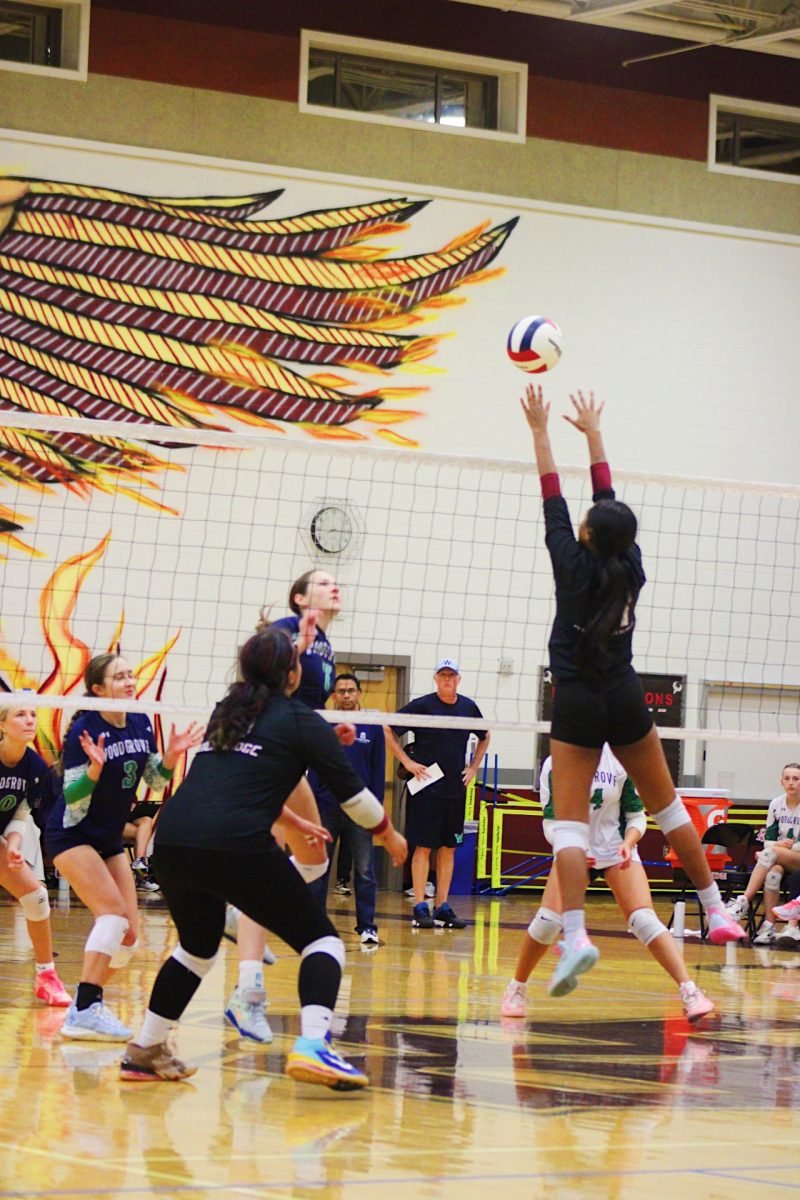
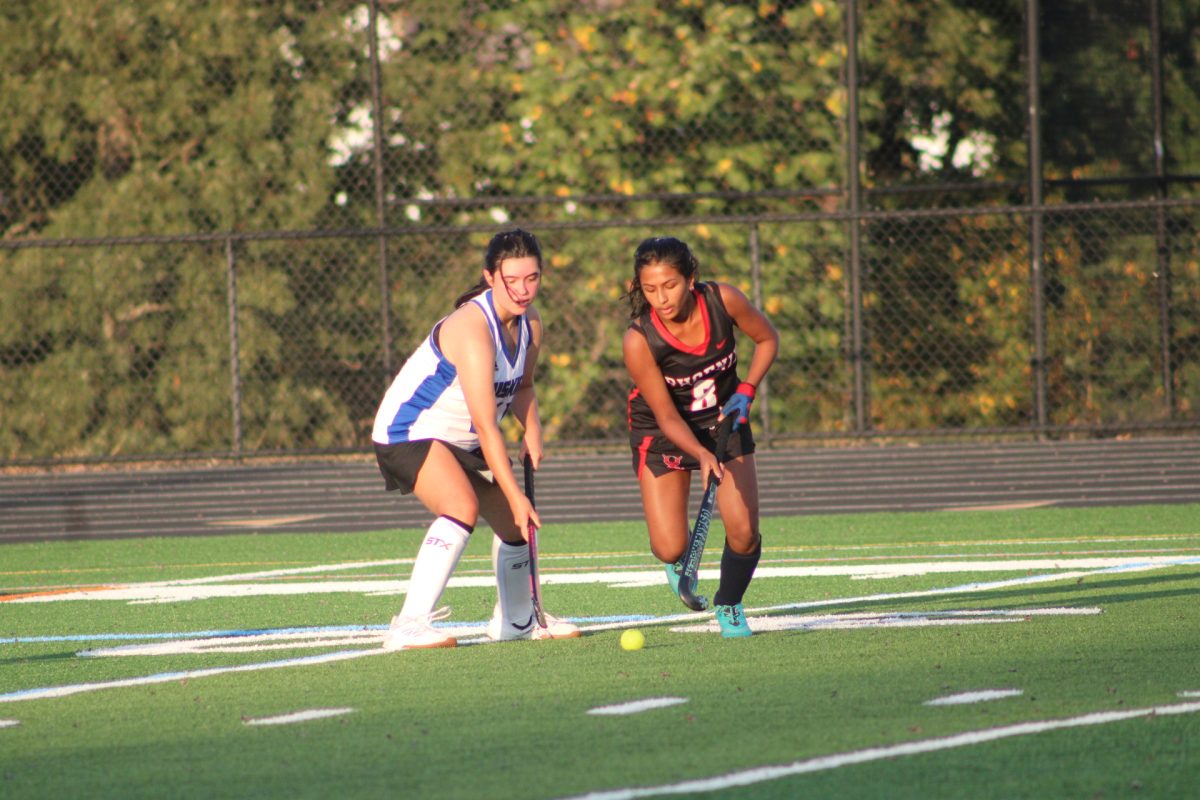
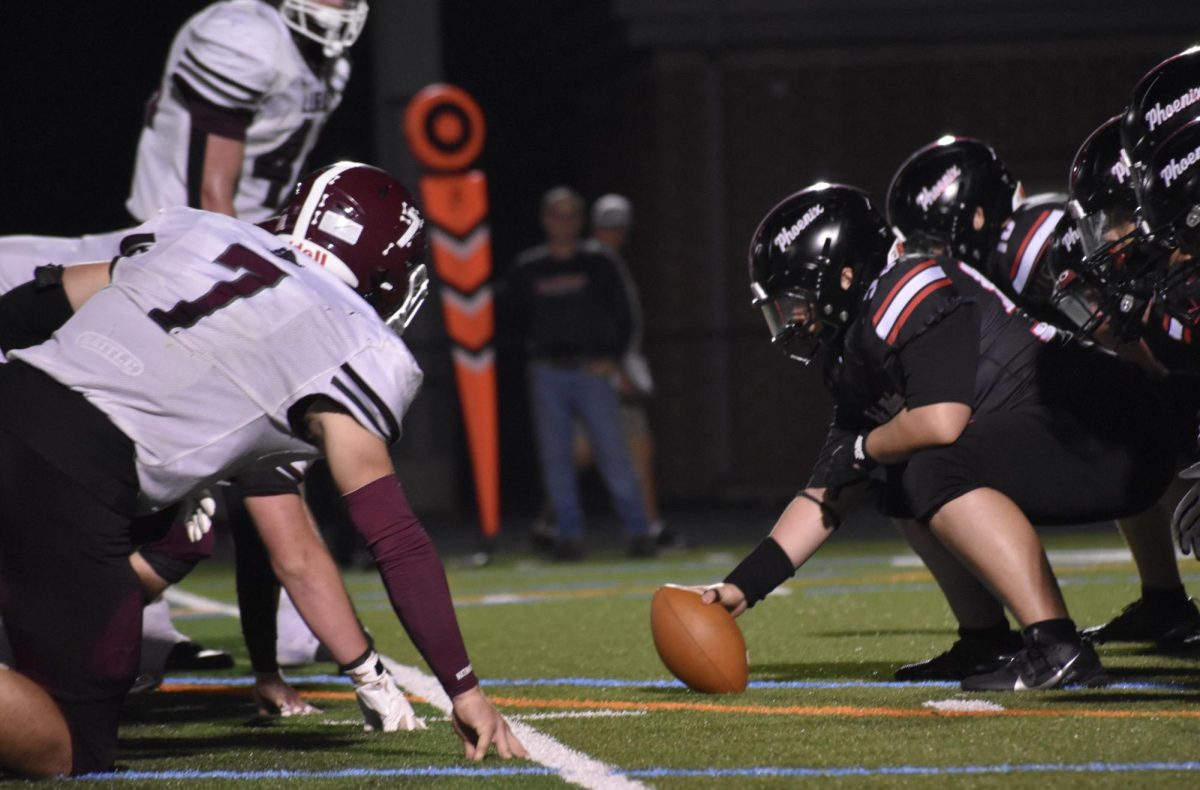


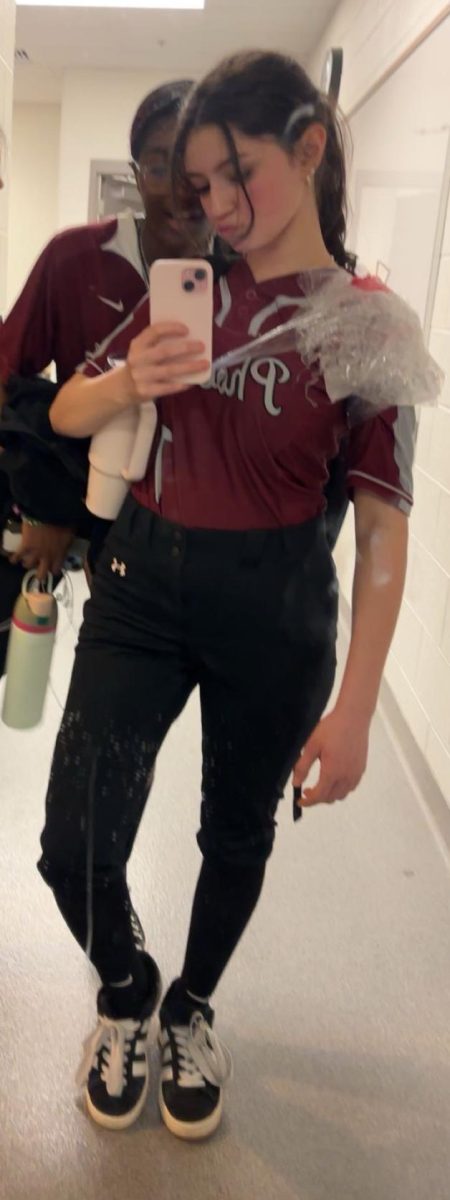
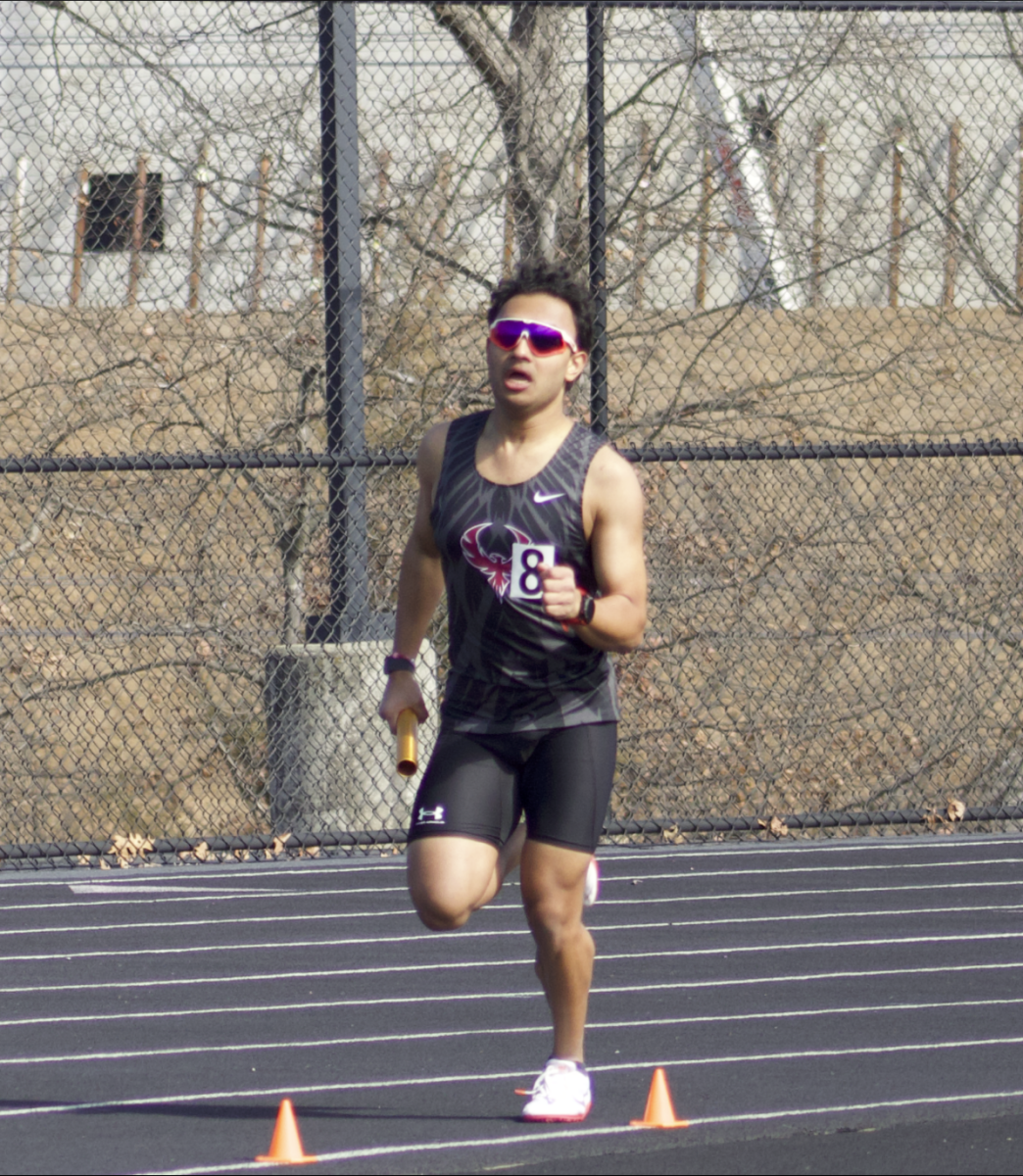
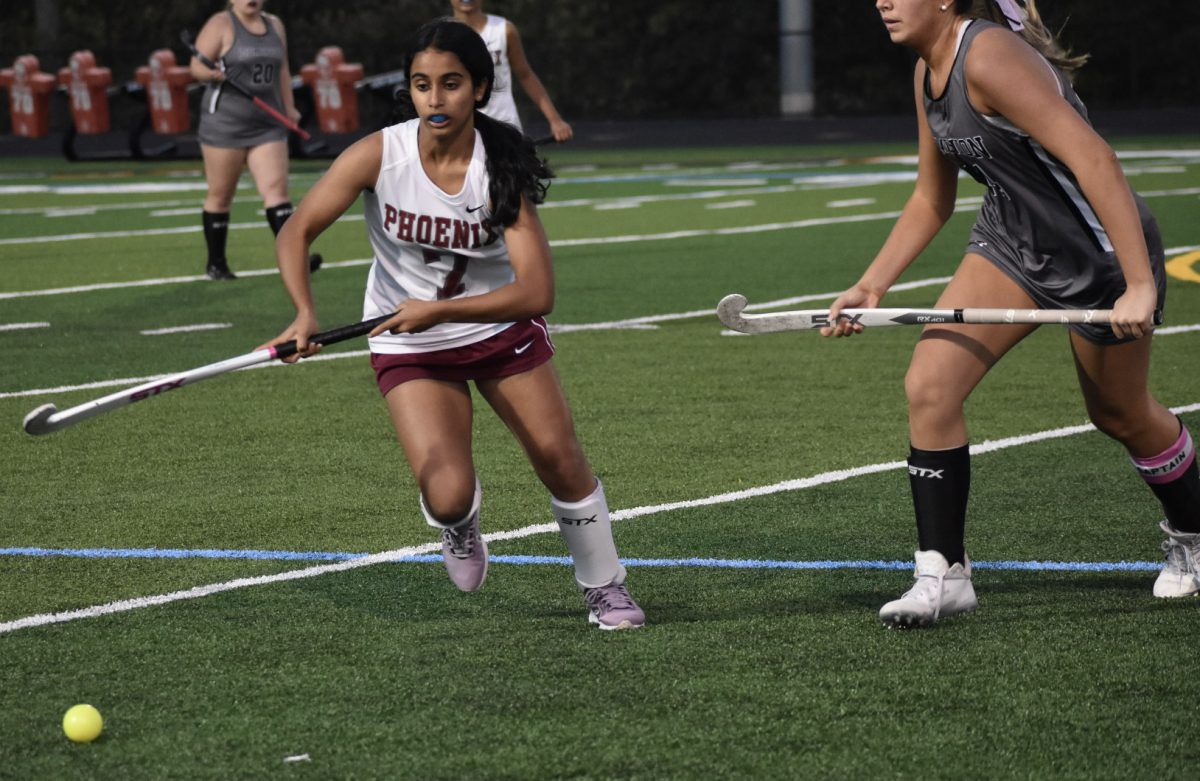
![The Phoenix varsity volleyball team lines up for the national anthem. “We were more communicative [with each other] during this game, and I feel like we kept our energy up, especially after the first set,” senior Jessica Valdov said.](https://theblazerrhs.com/wp-content/uploads/2024/10/DSC_0202-1200x800.jpg)
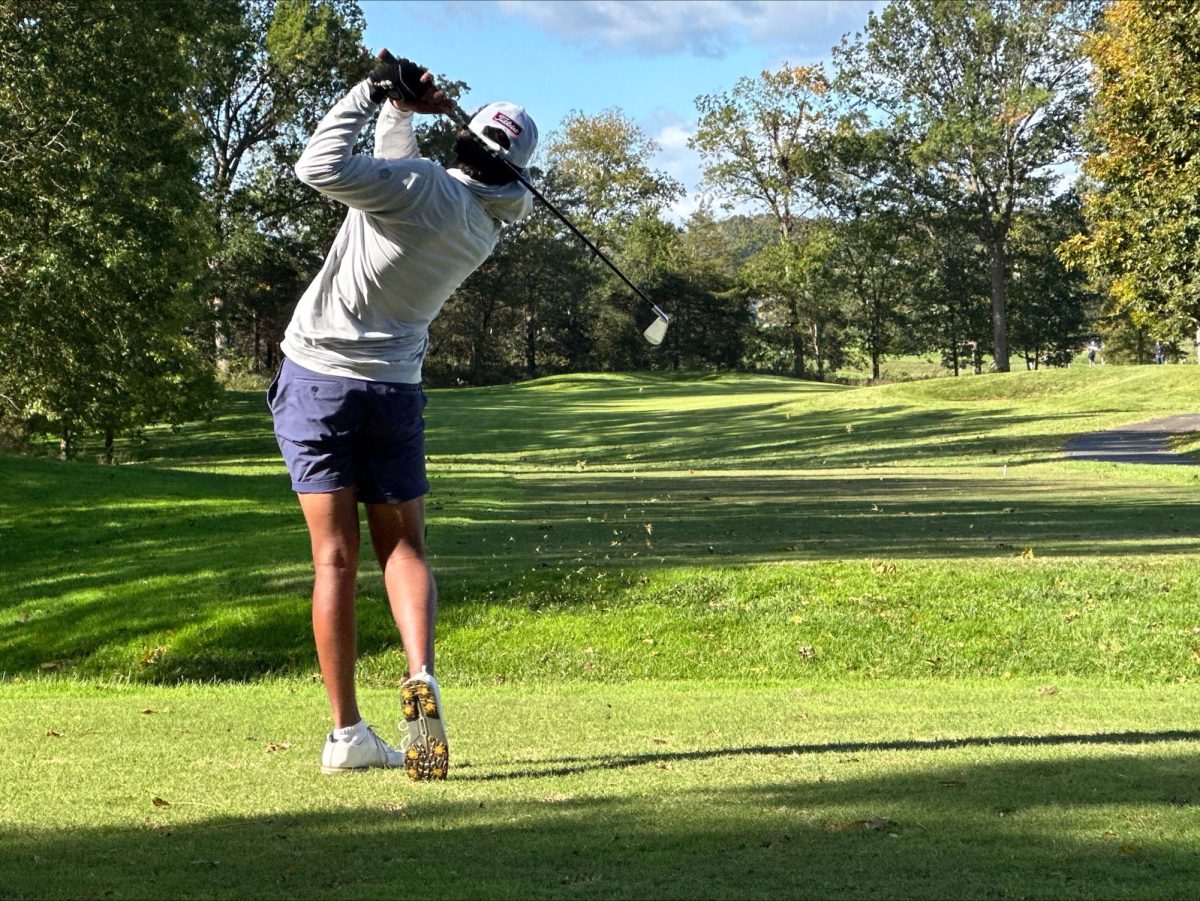
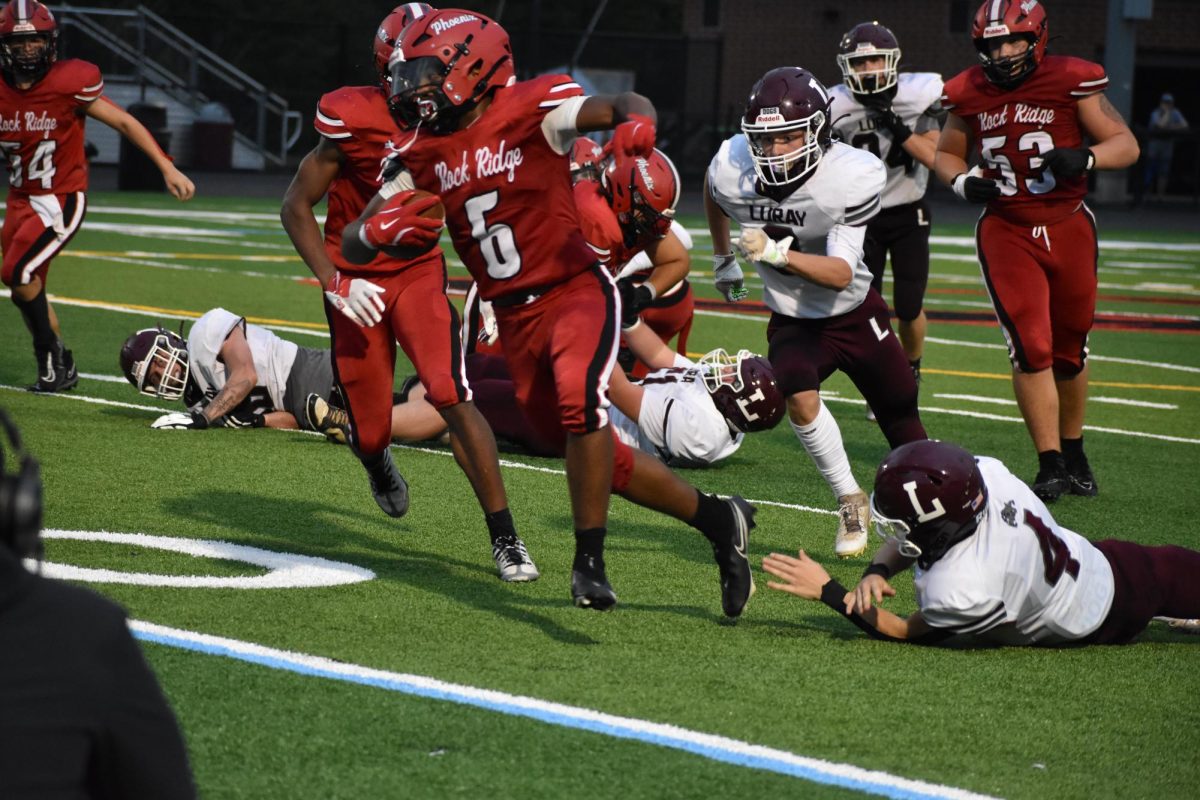
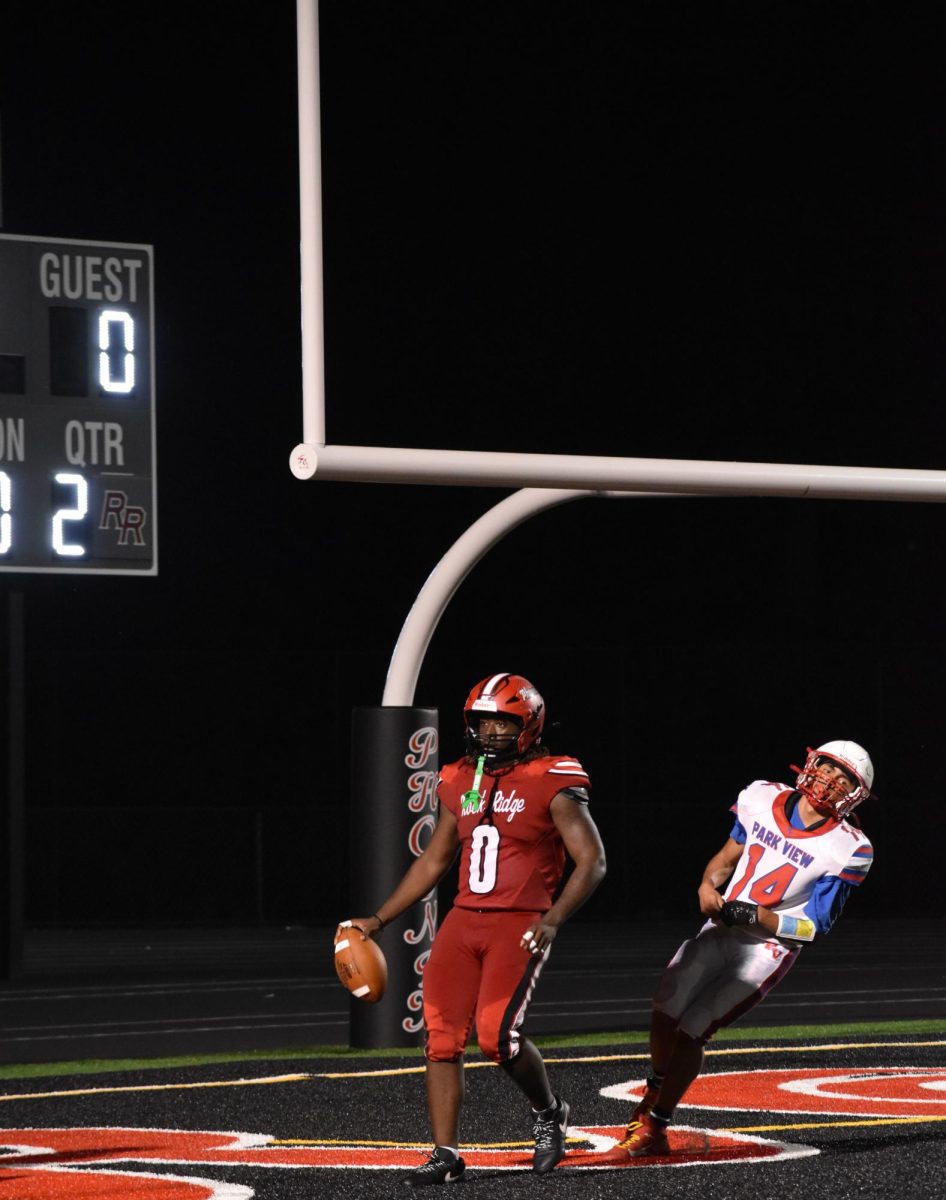
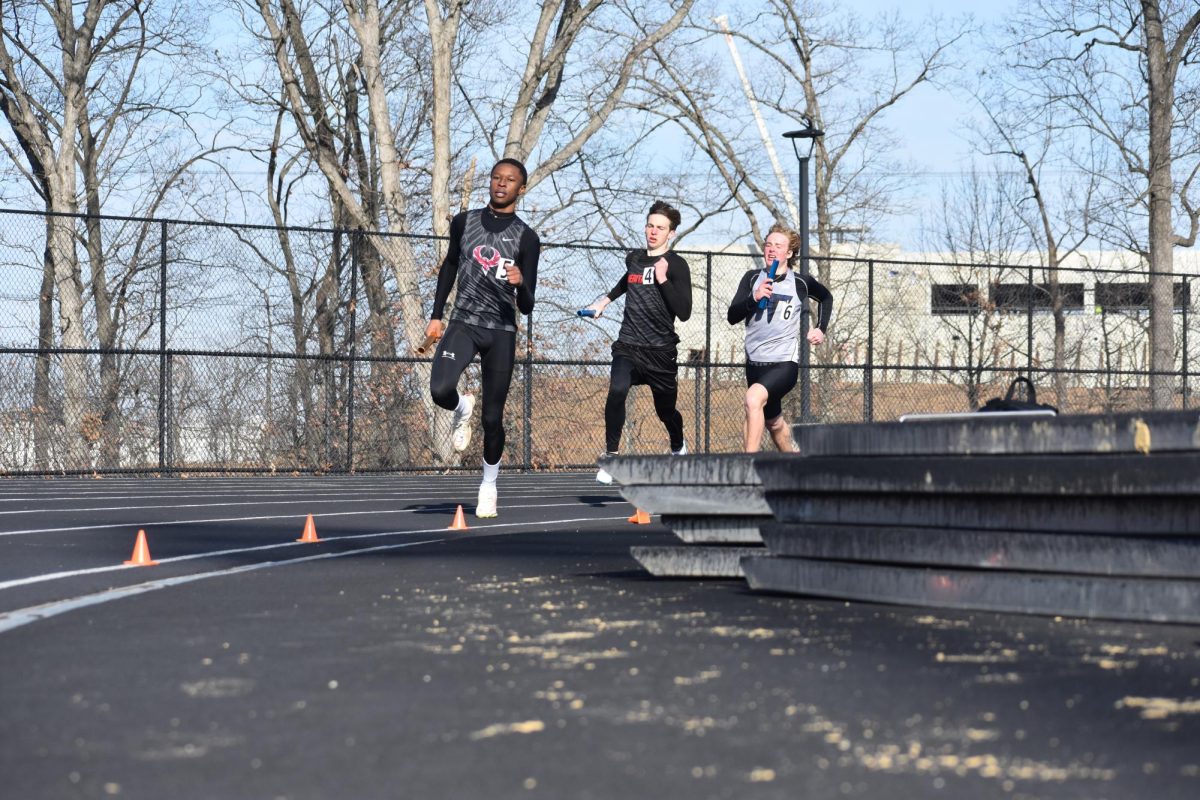
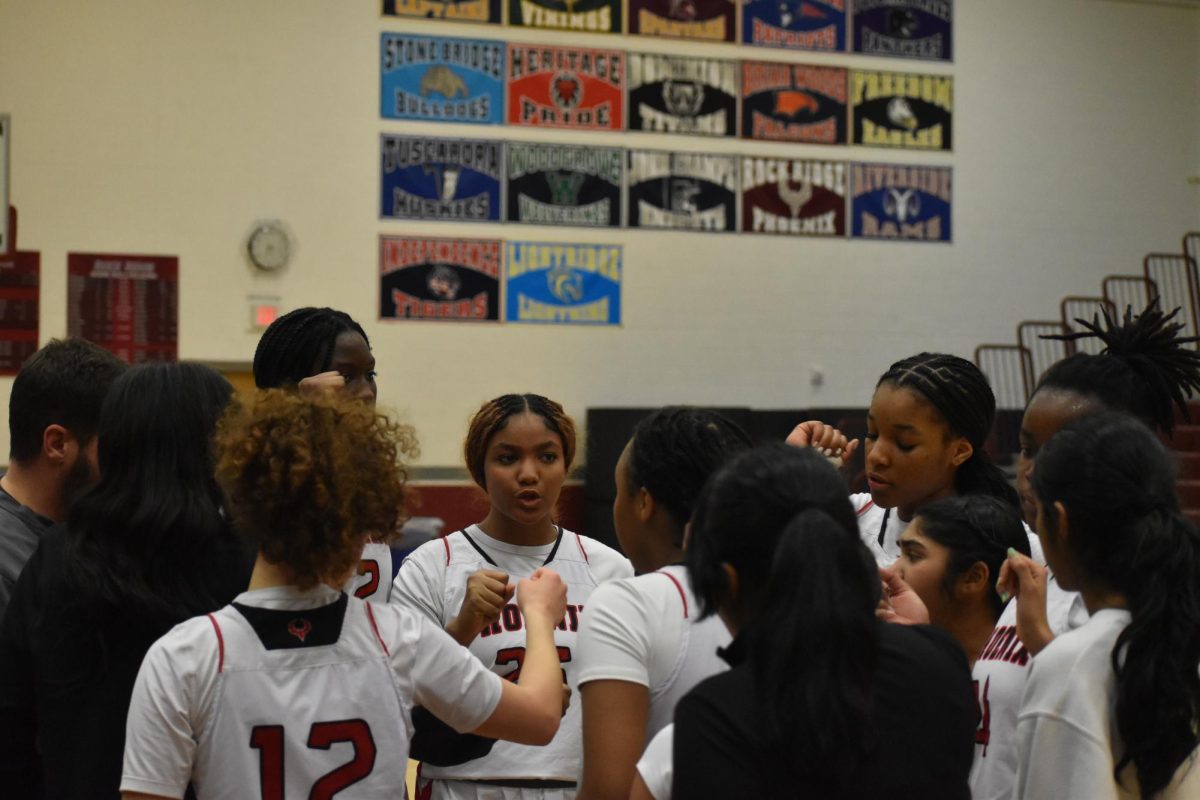
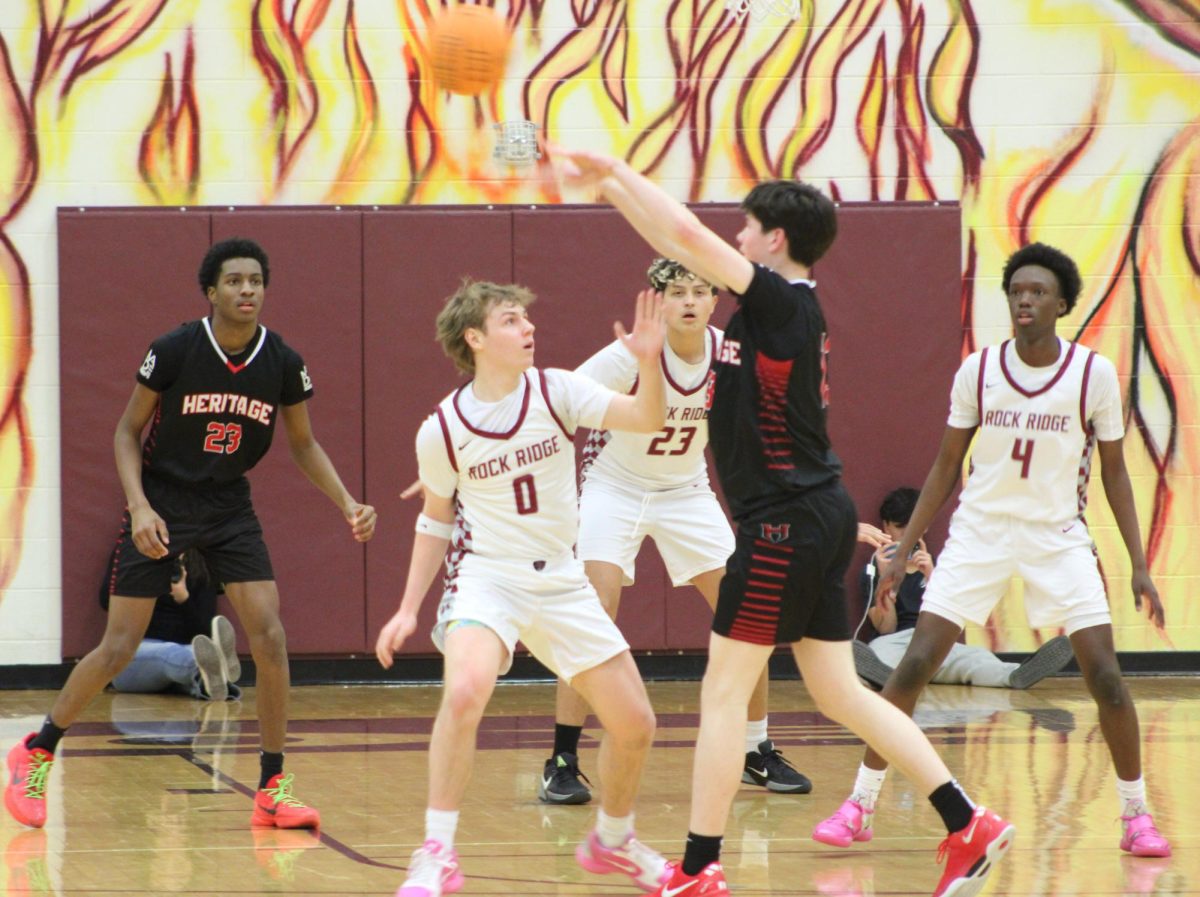
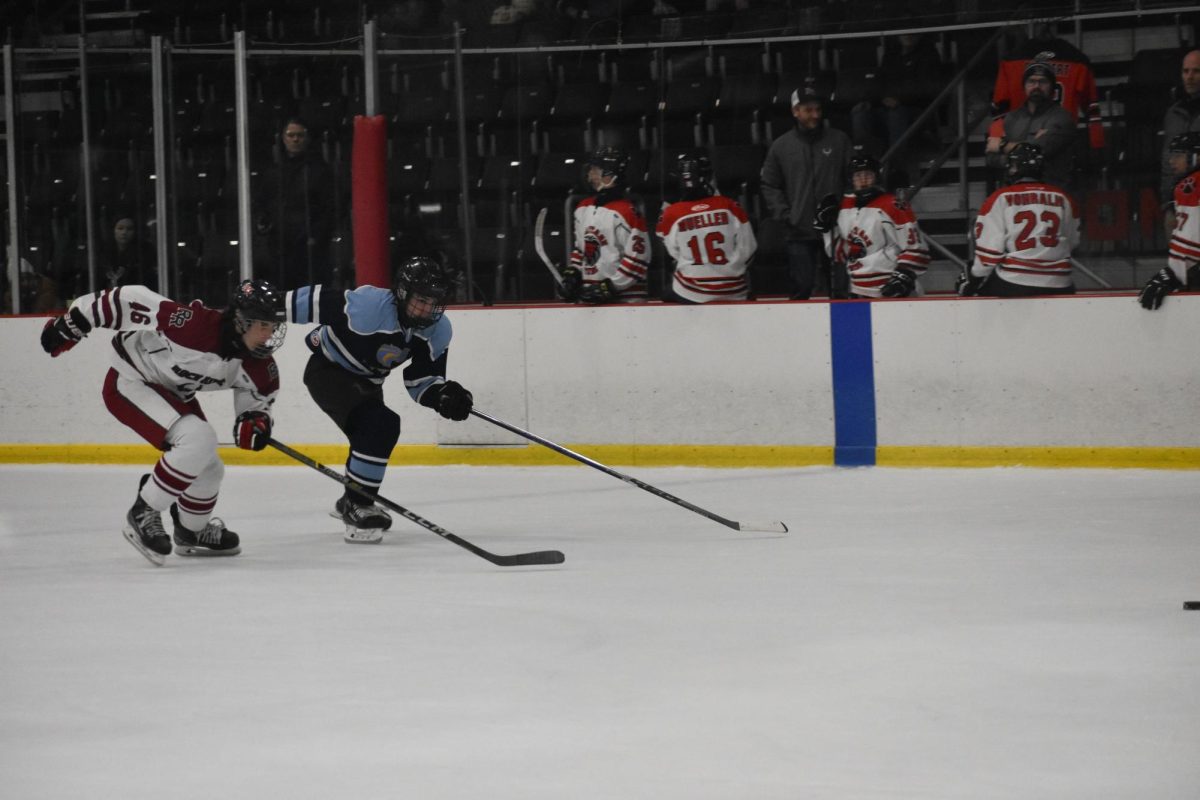
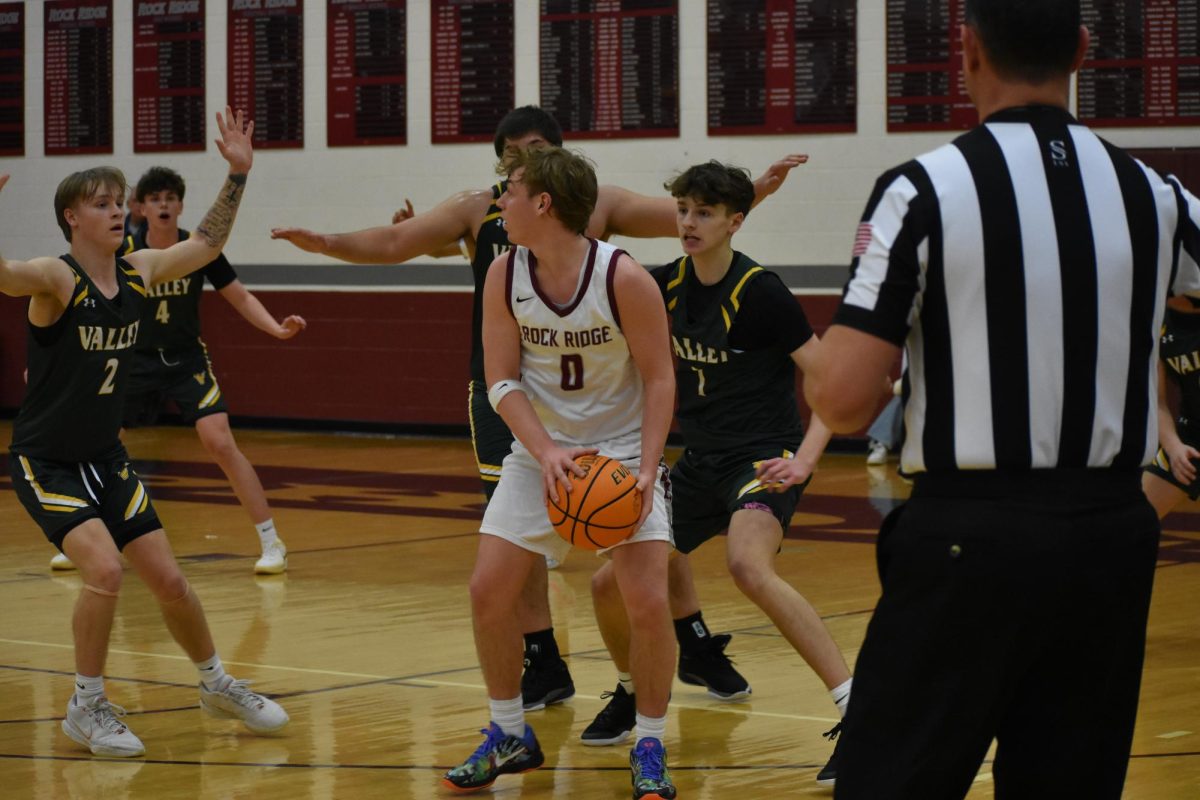
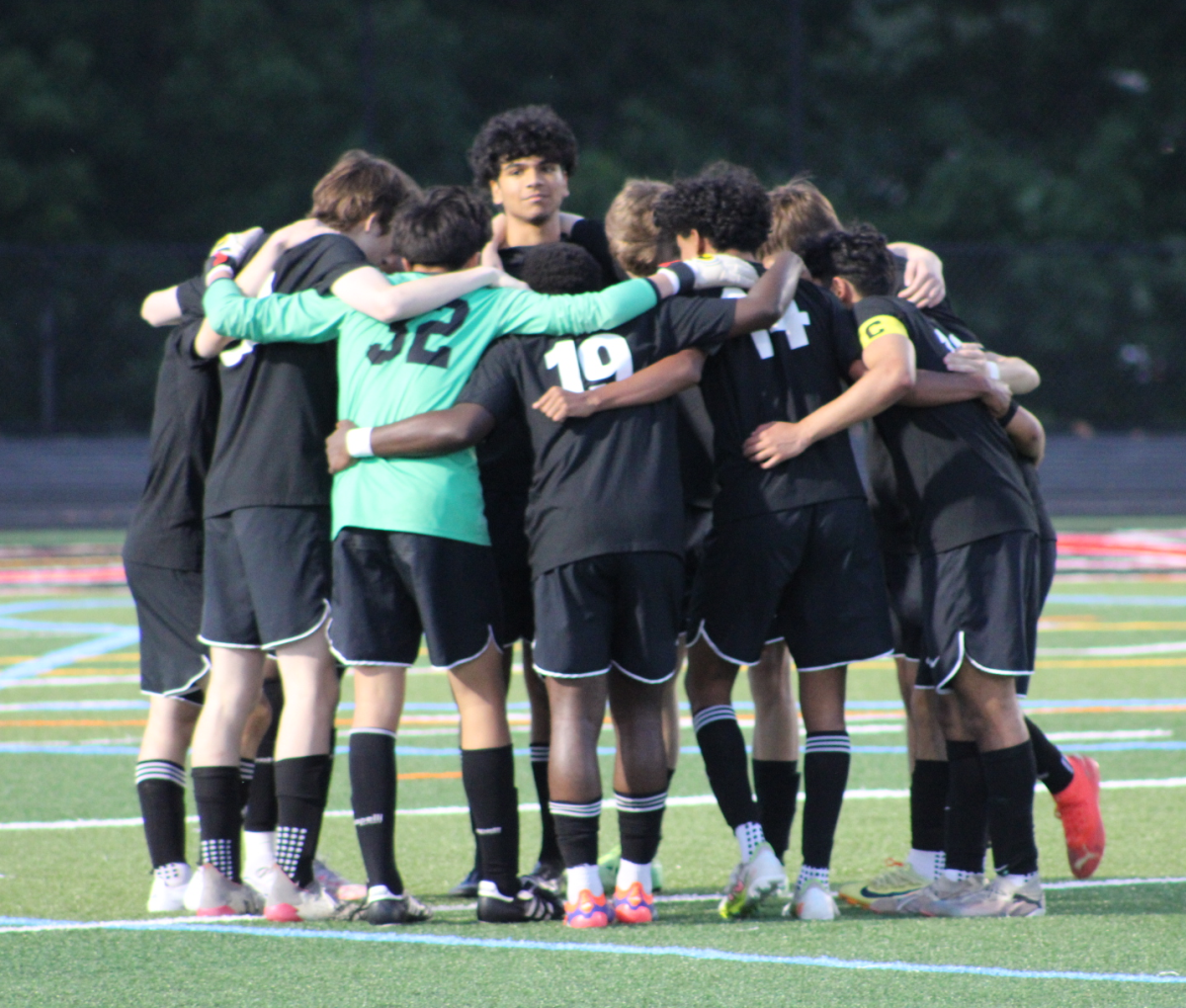
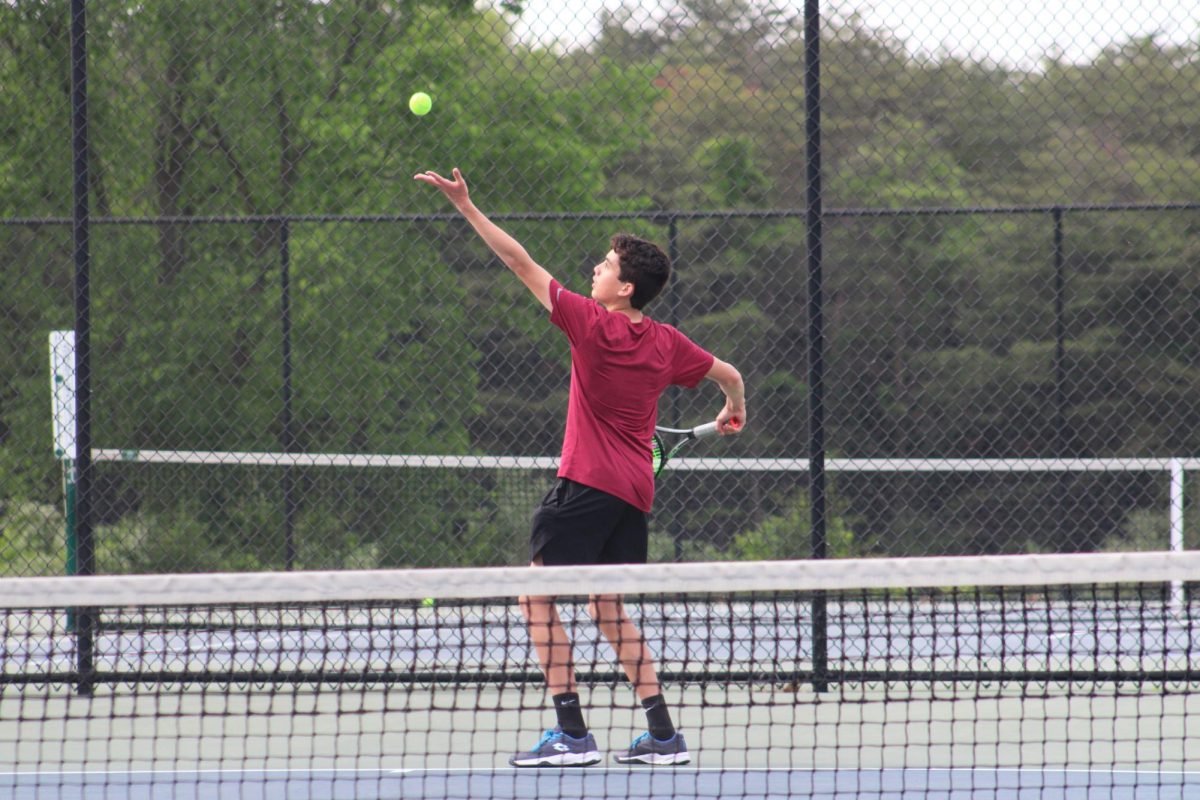
![Junior Alex Alkhal pitches the ball. “[I] just let it go and keep practicing so we can focus on our goal for the next game to get better as a team,” Alkhal said.](https://theblazerrhs.com/wp-content/uploads/2025/05/DSC_0013-1-1200x929.jpg)
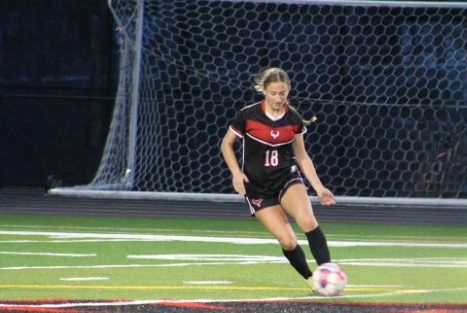
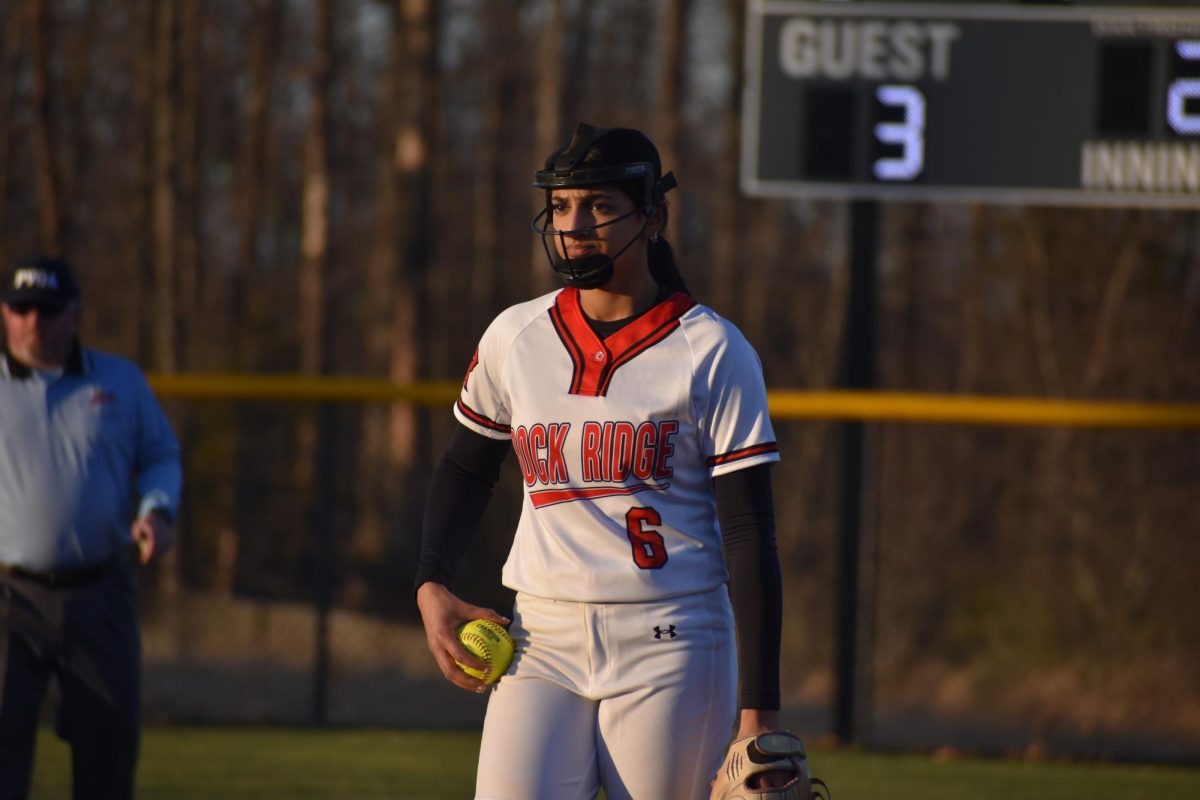
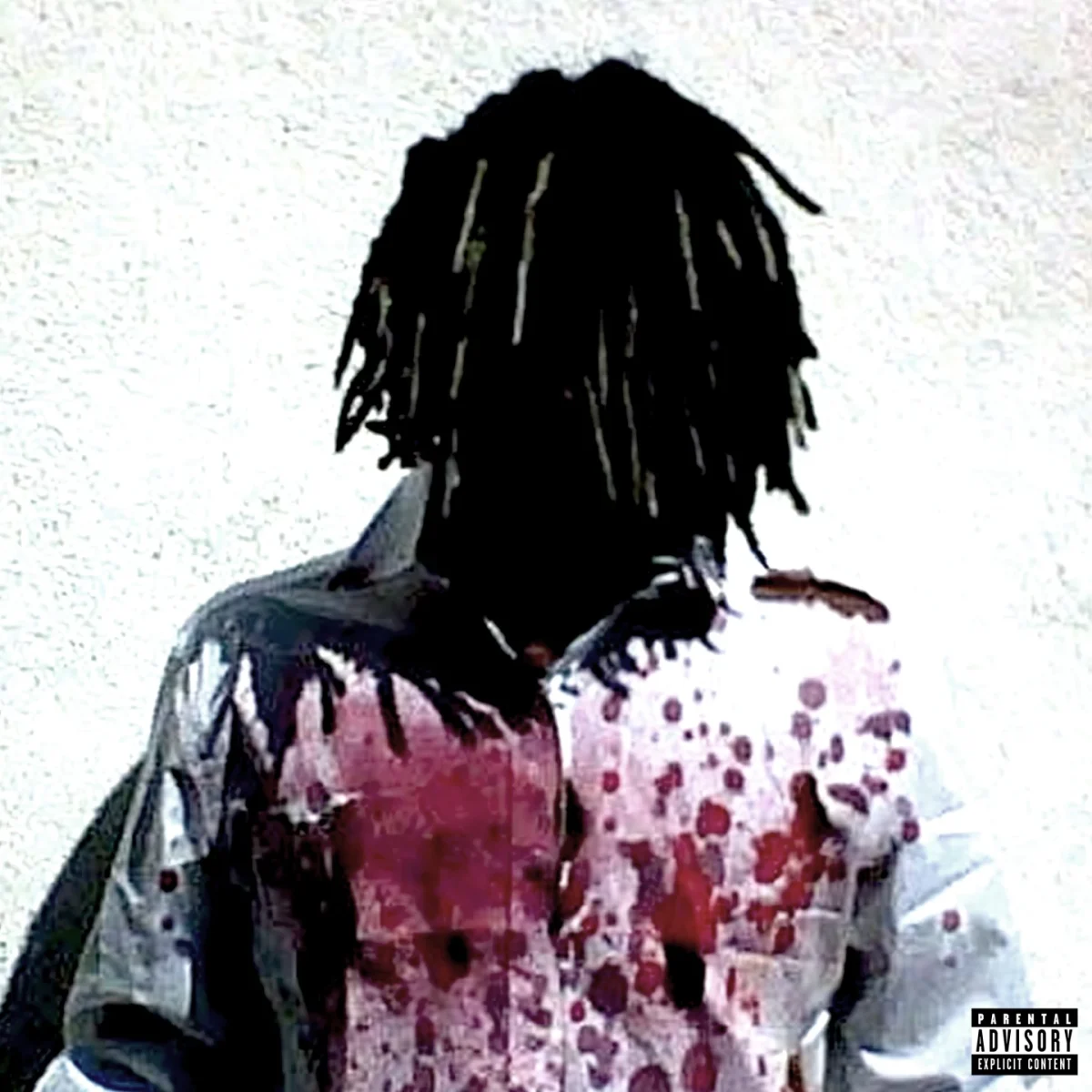
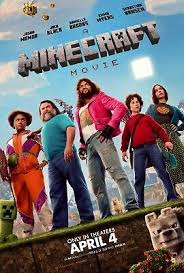

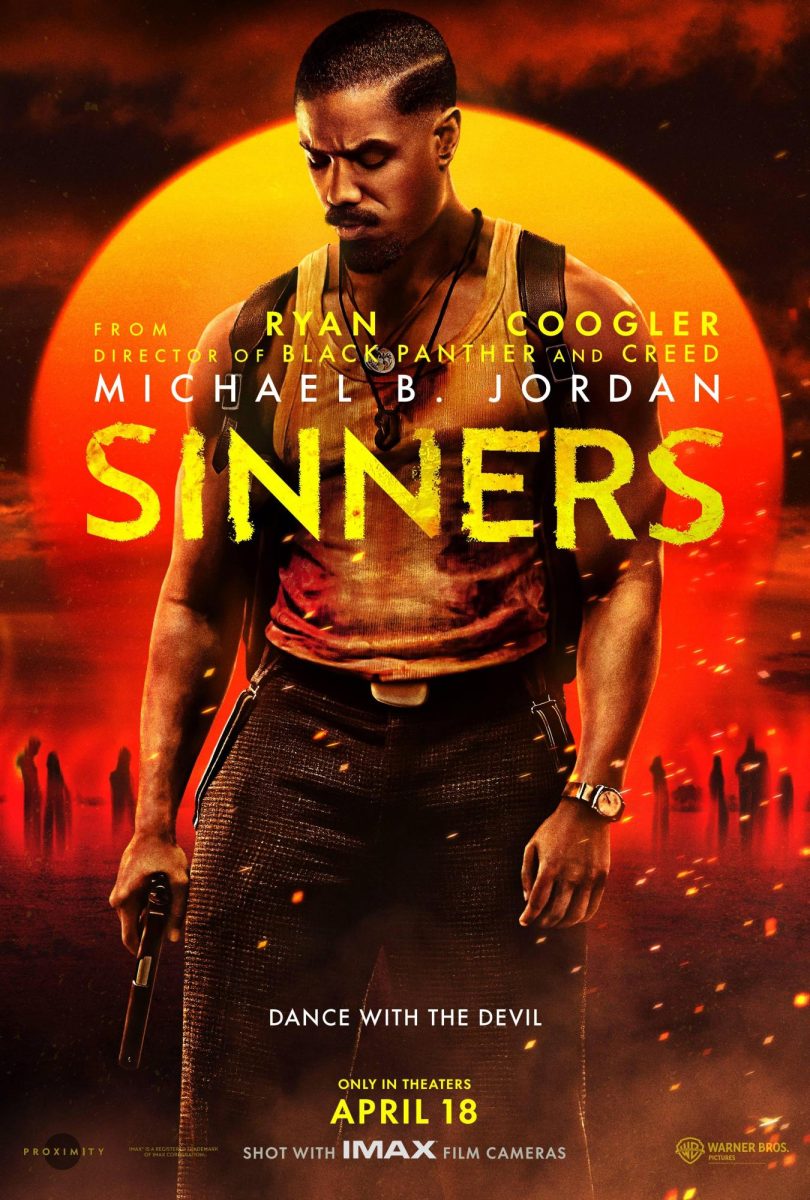
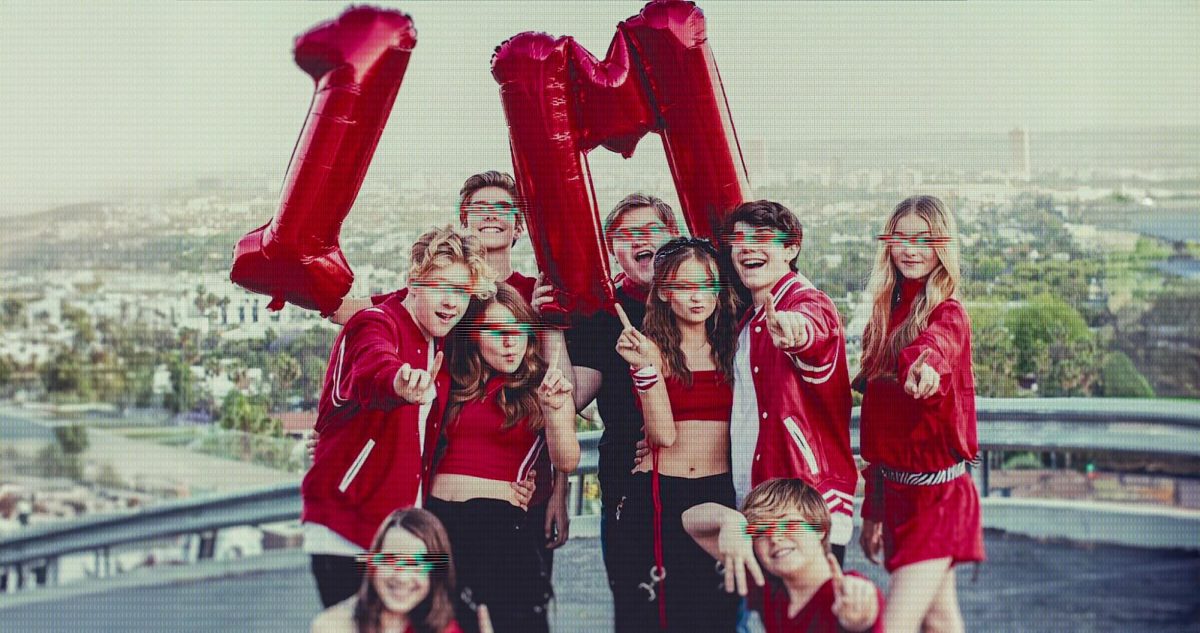
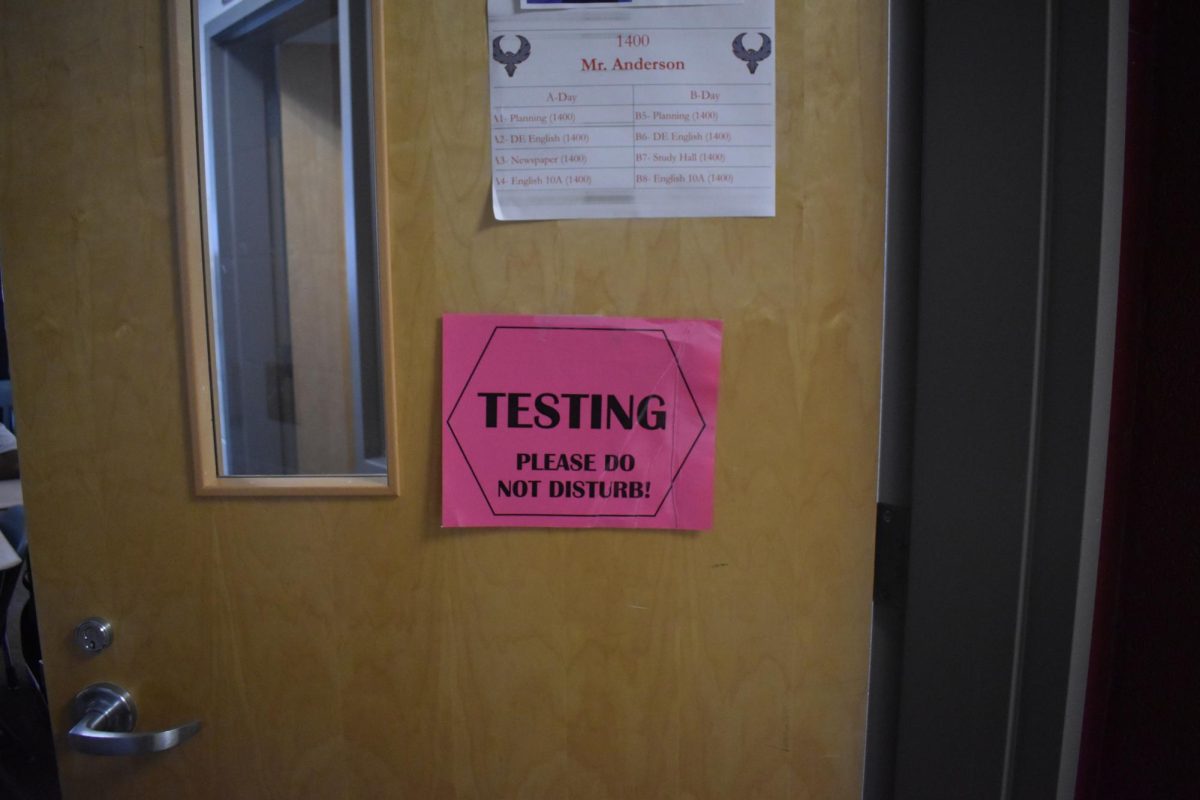
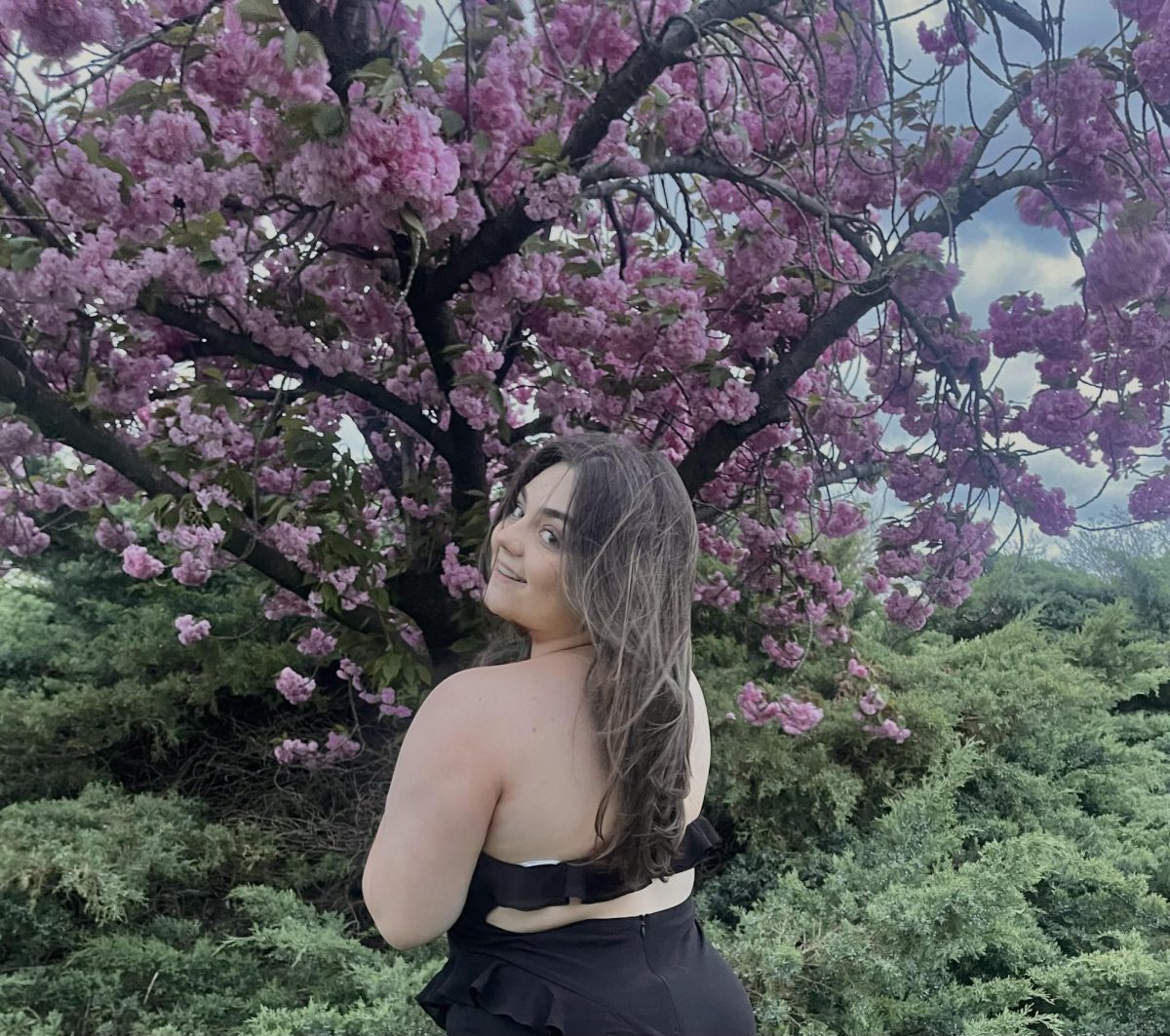
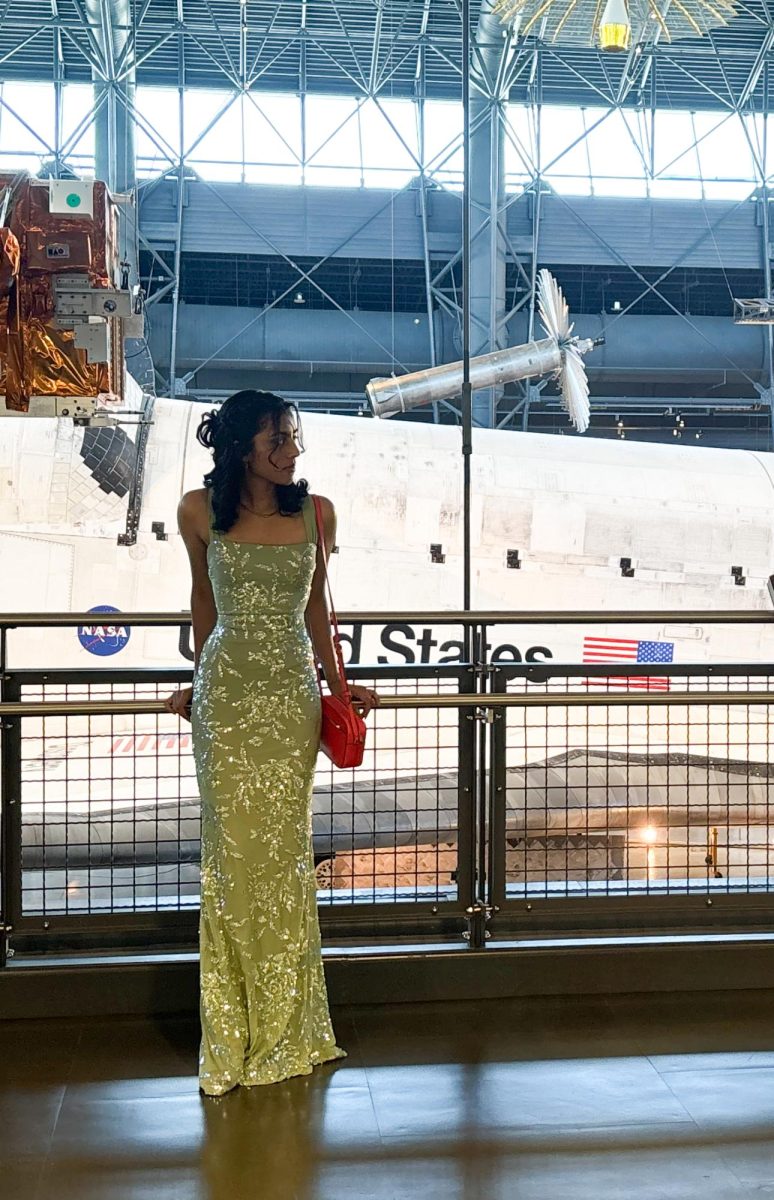
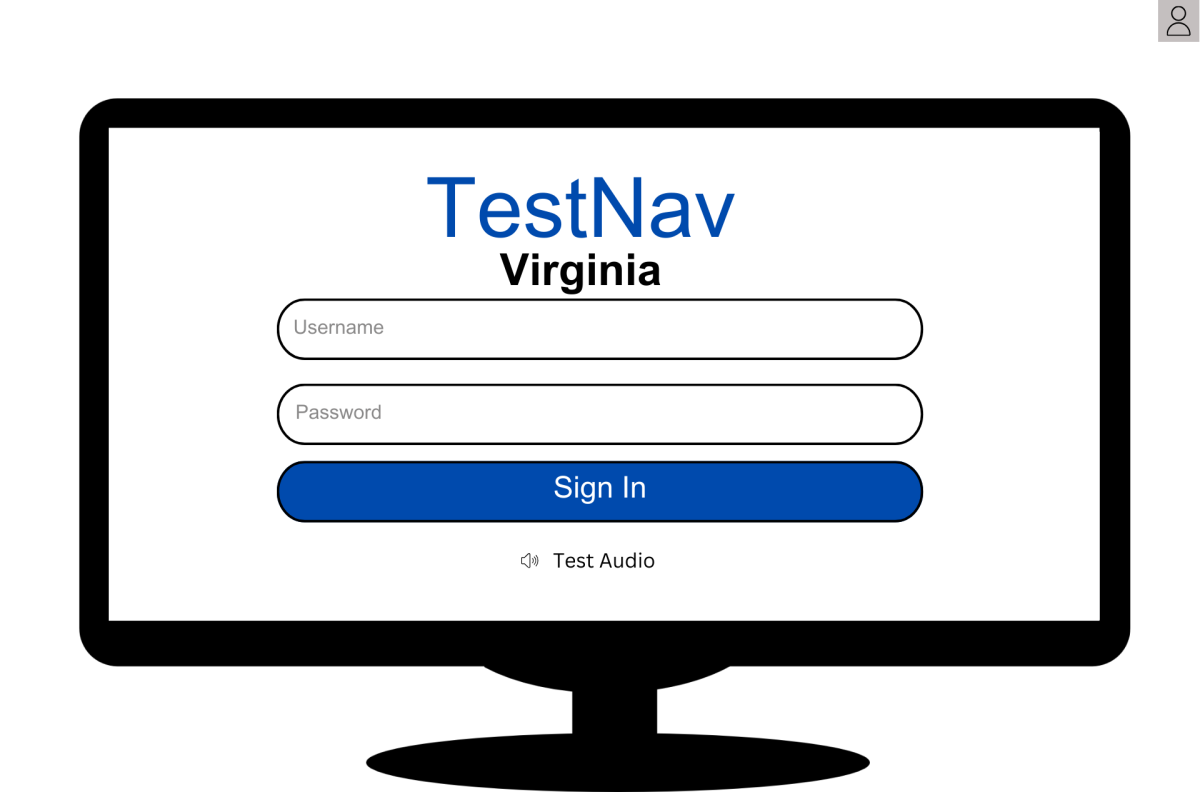
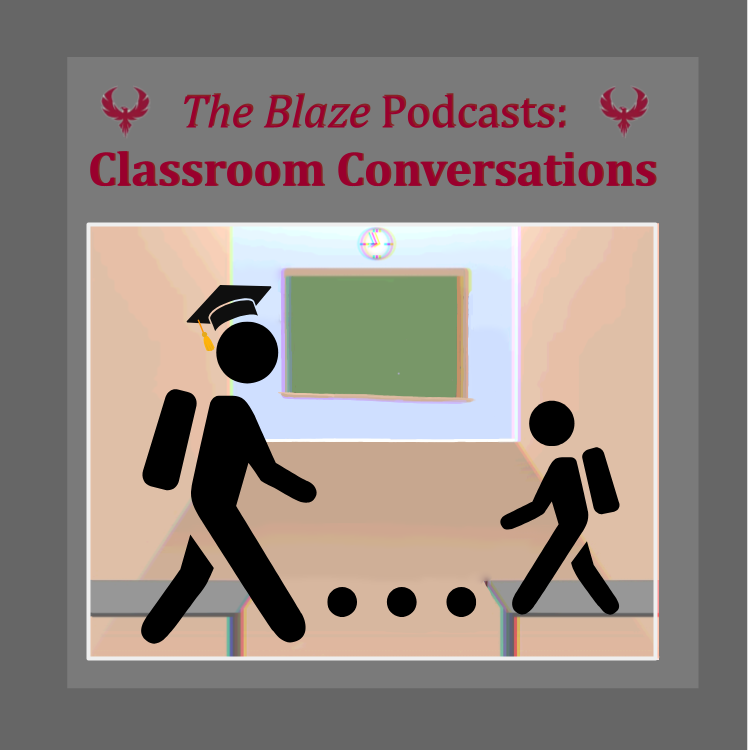
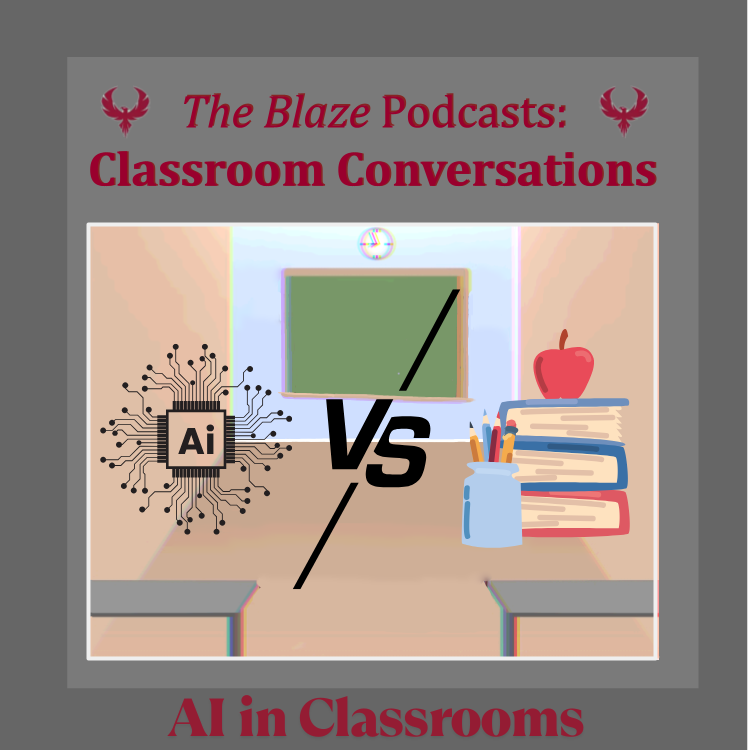
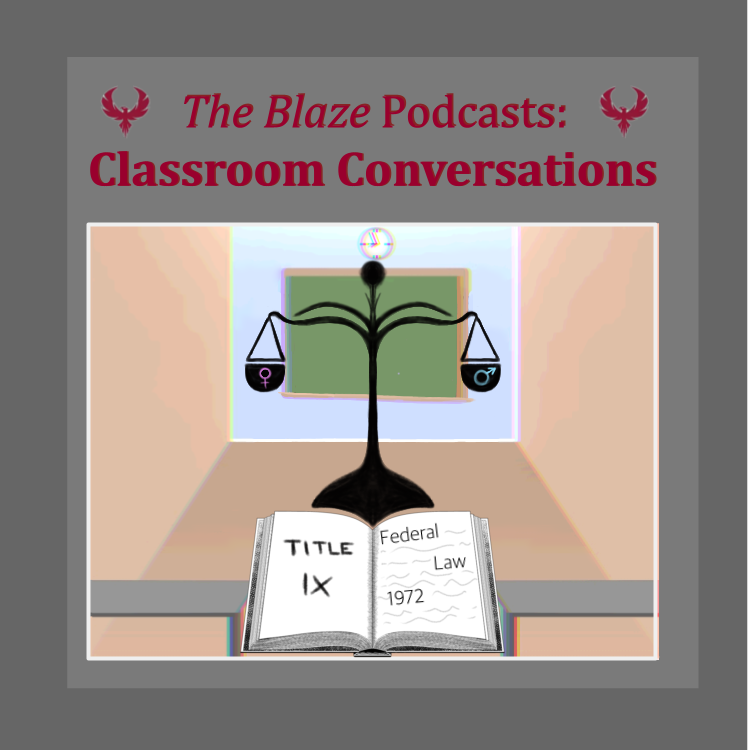
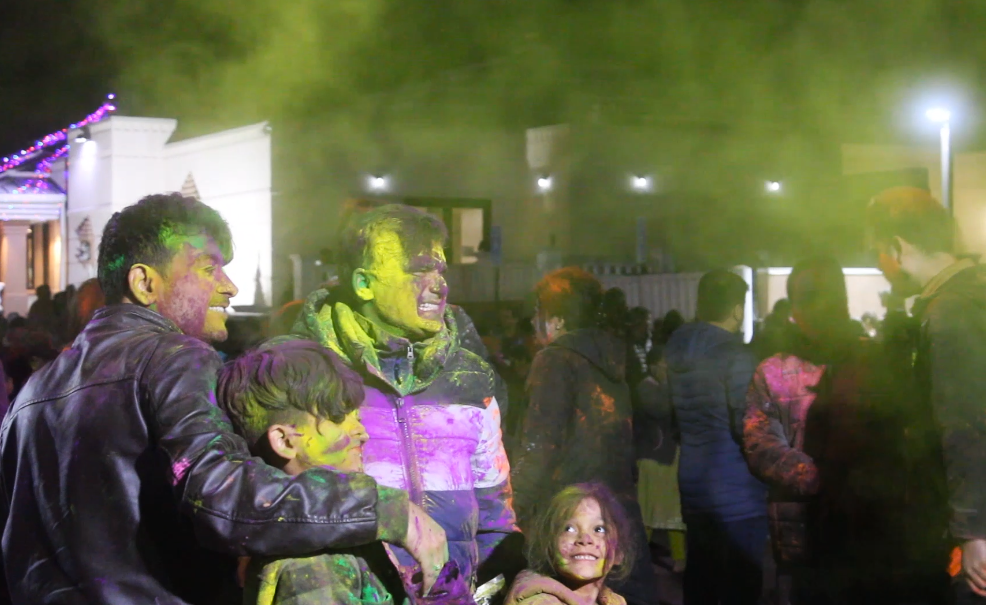
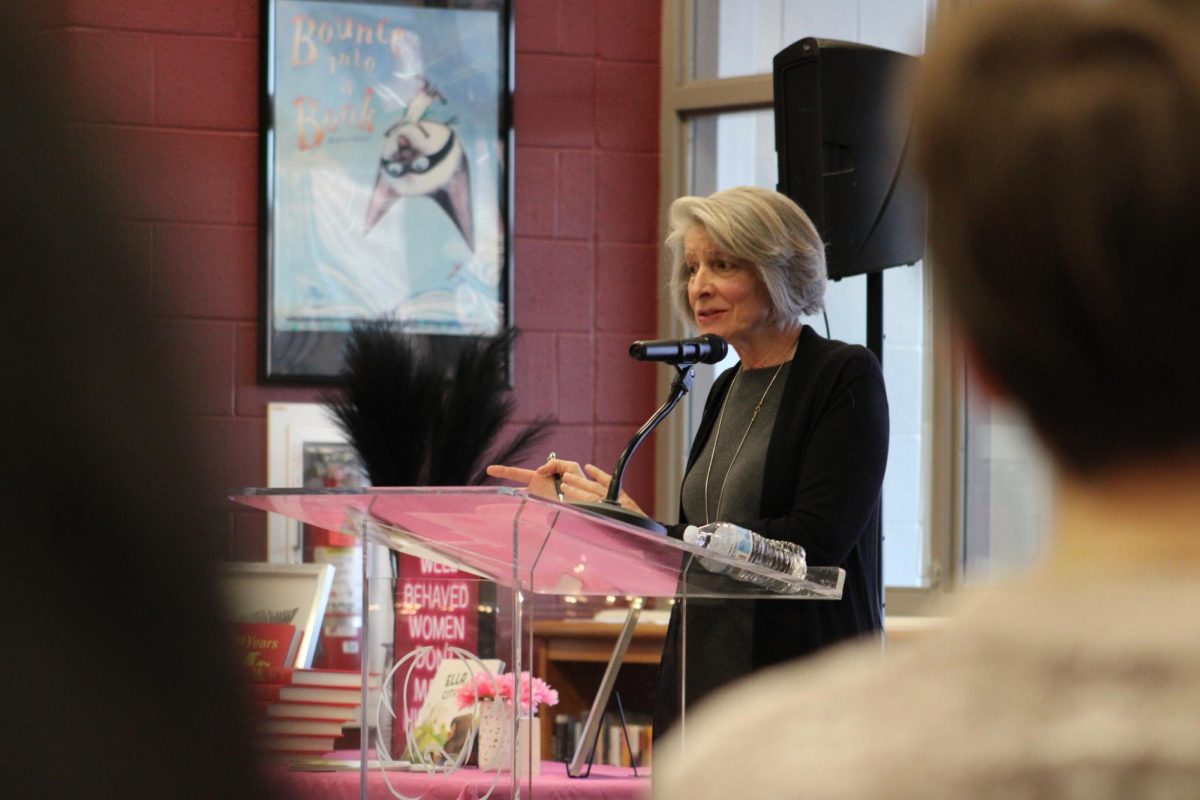
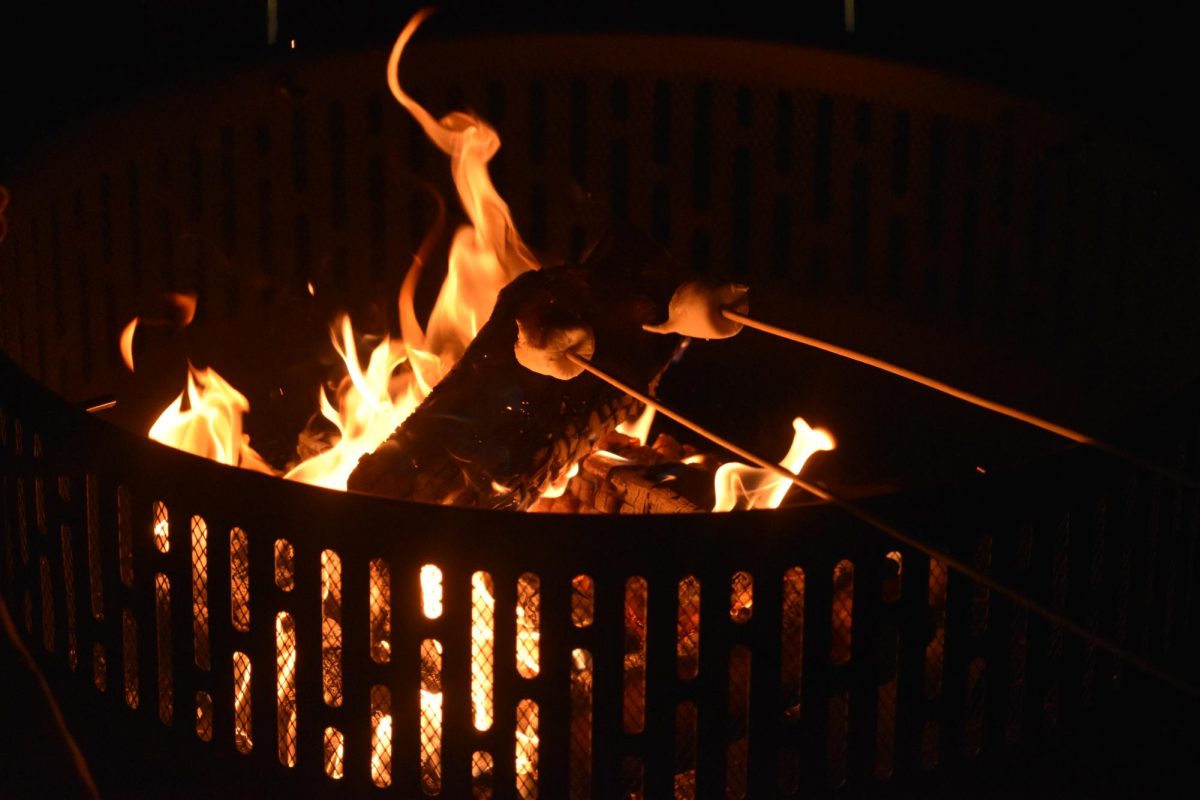


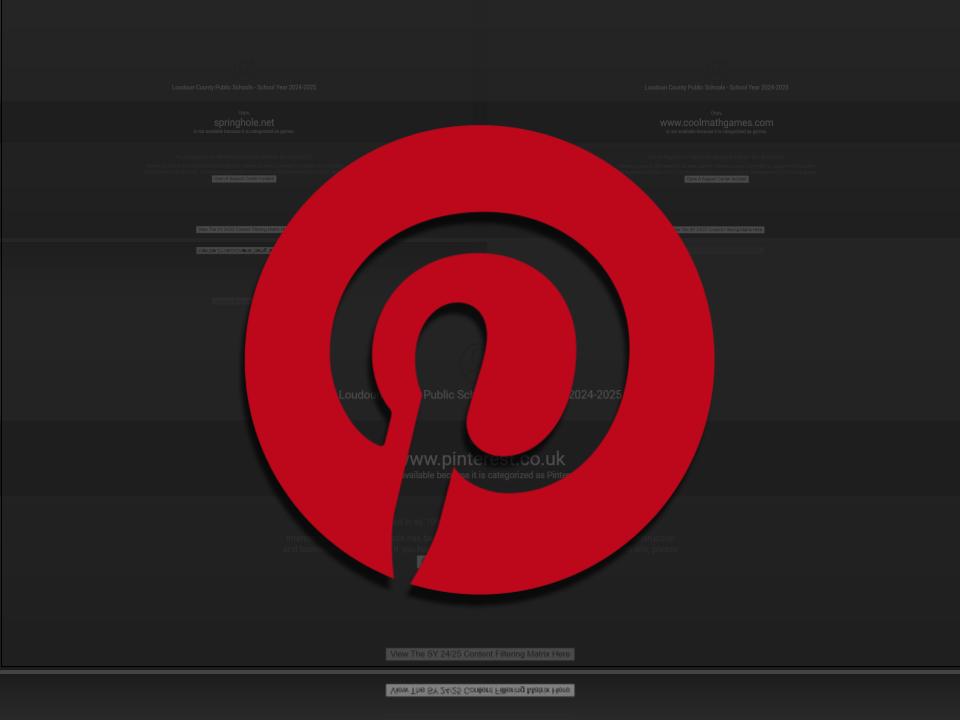

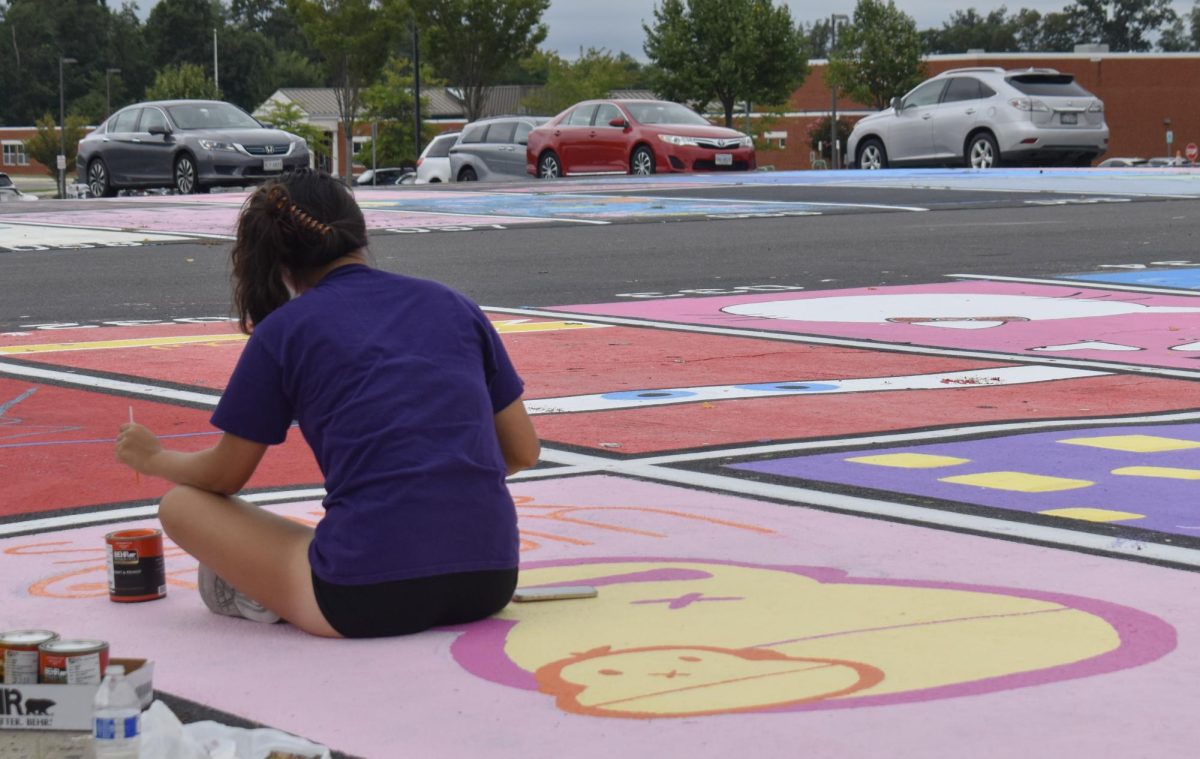
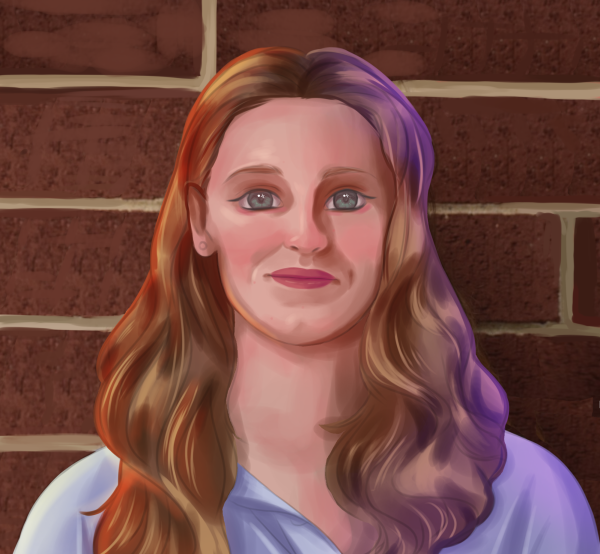
Hanah • Oct 14, 2025 at 9:31 am
It’s the same for an app called Ibis Paint X, except they’ve labeled it as ‘mature’ when there is an app just like it that they allow. The only difference in the apps is that Ibis has more tools for drawing like tools to help you make a strait line or a perfect circle. There is no way the app is innapropreate and they give no reasoning for they’re dision to block it.